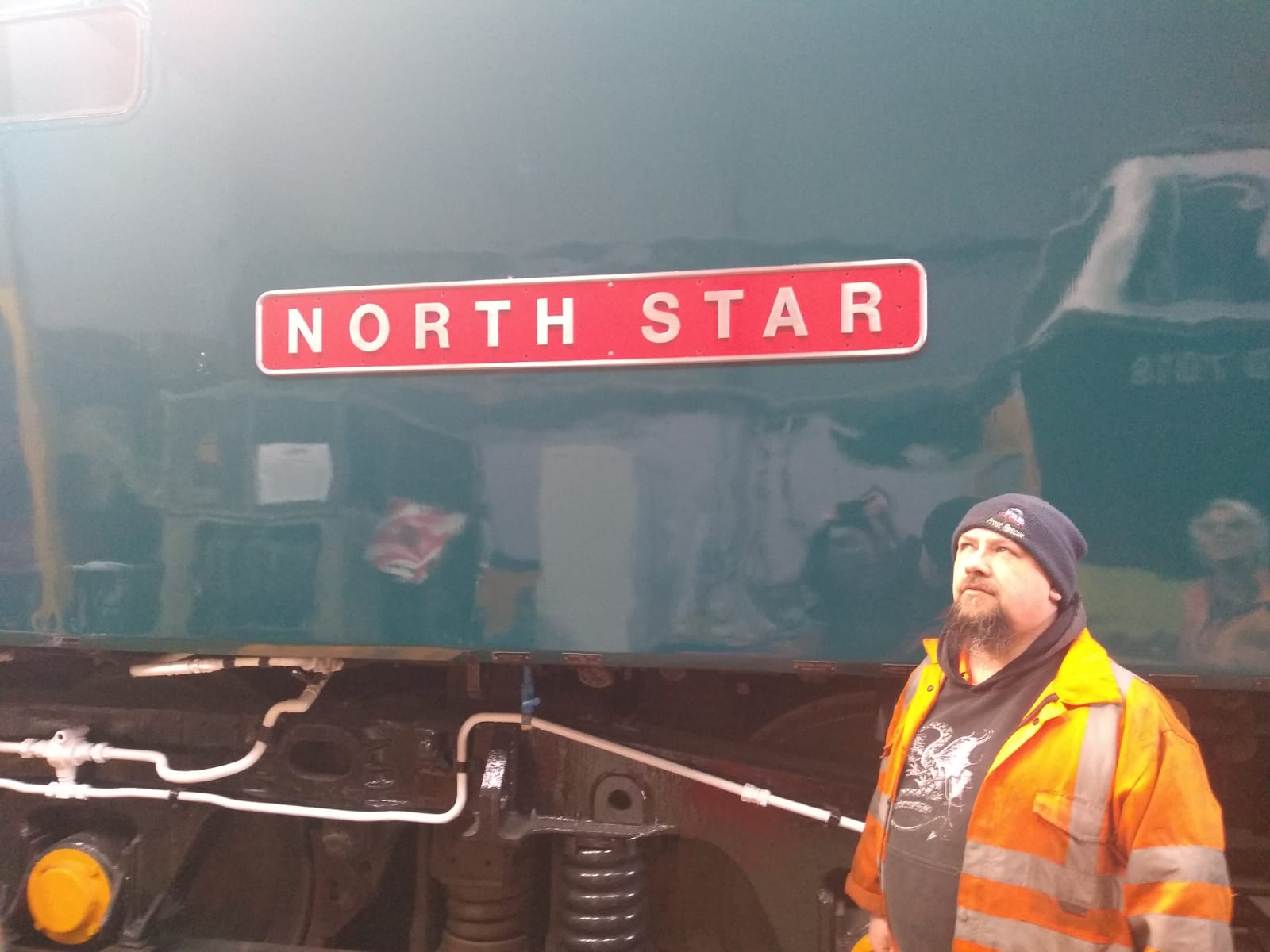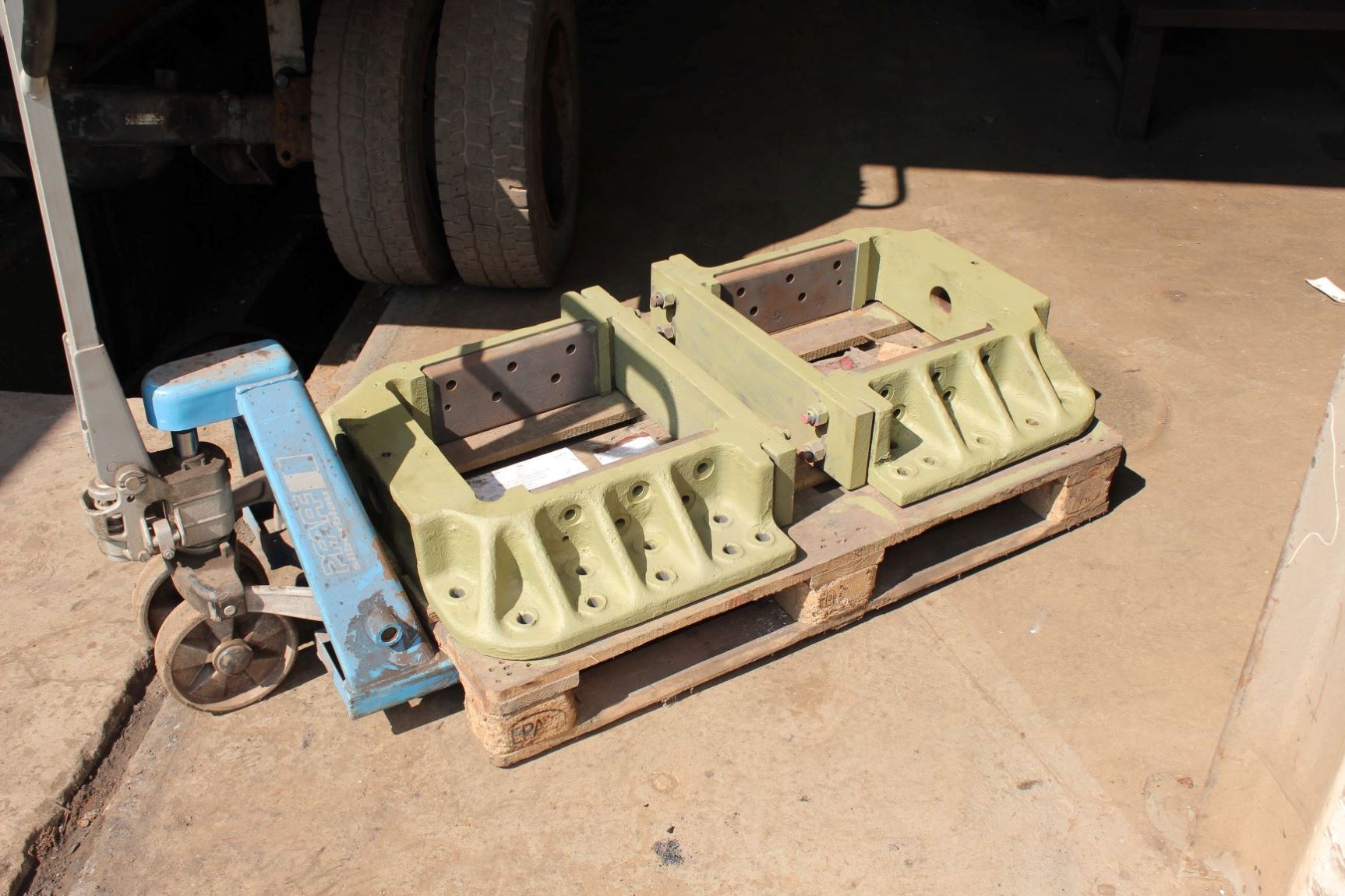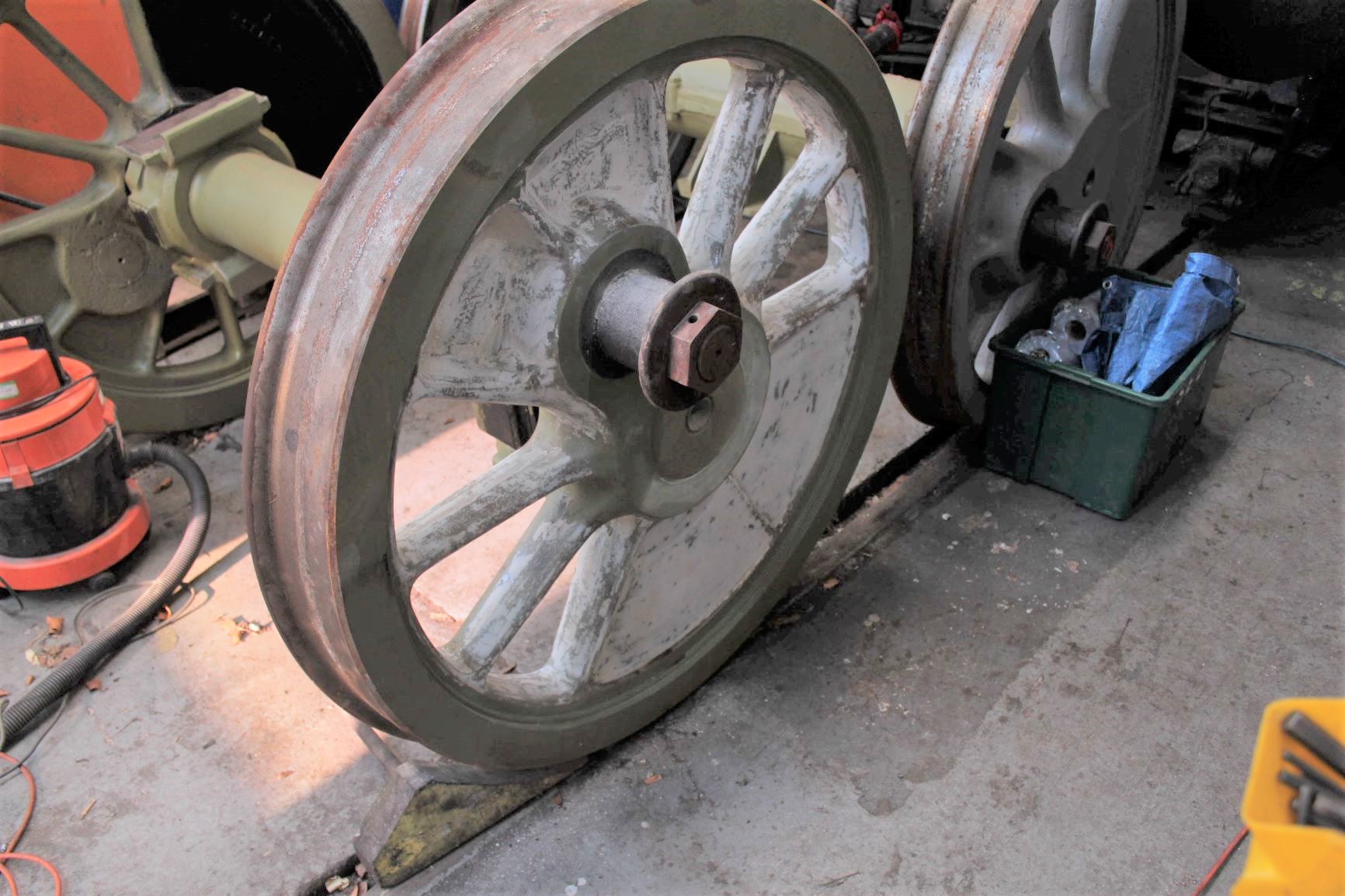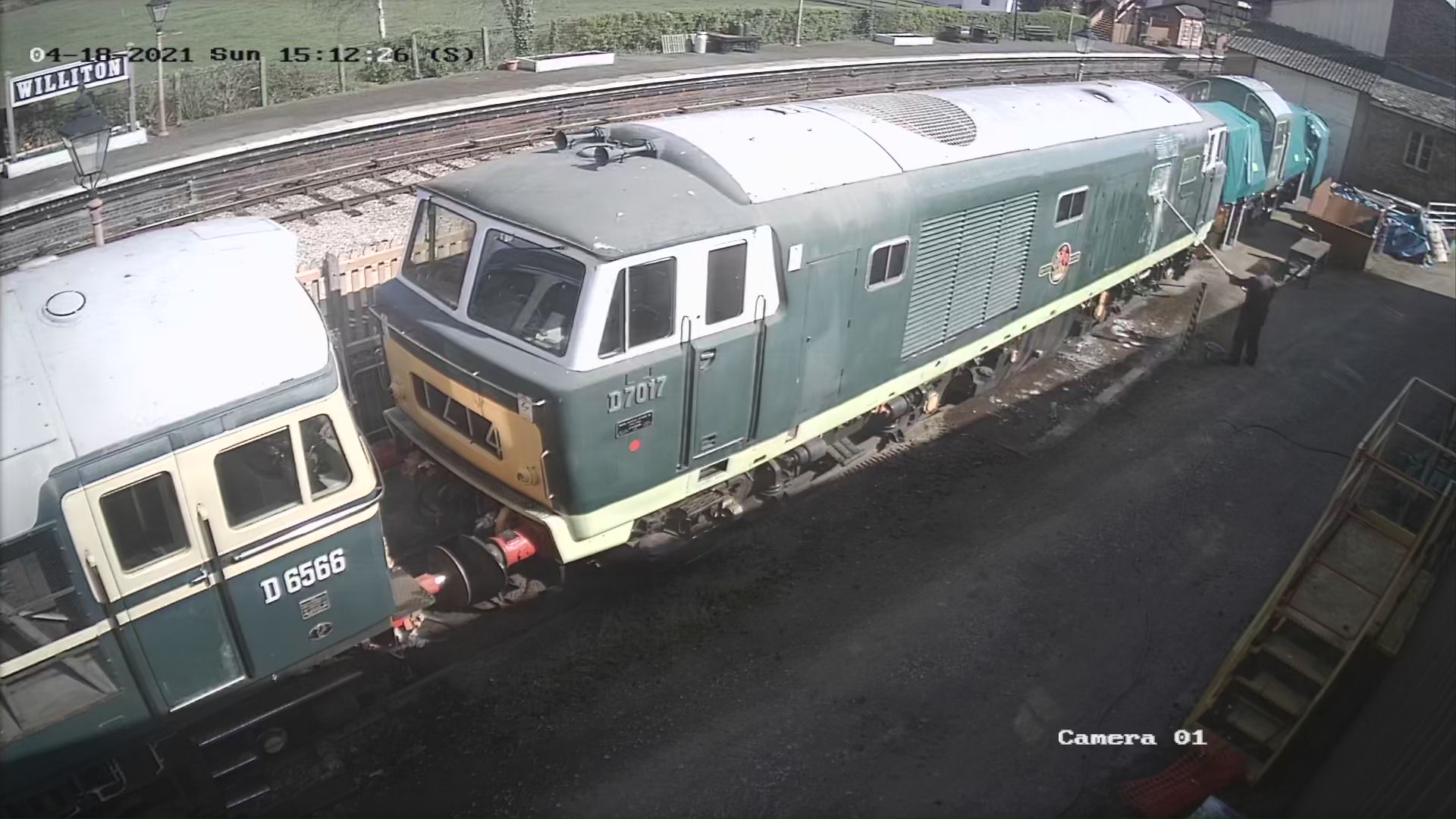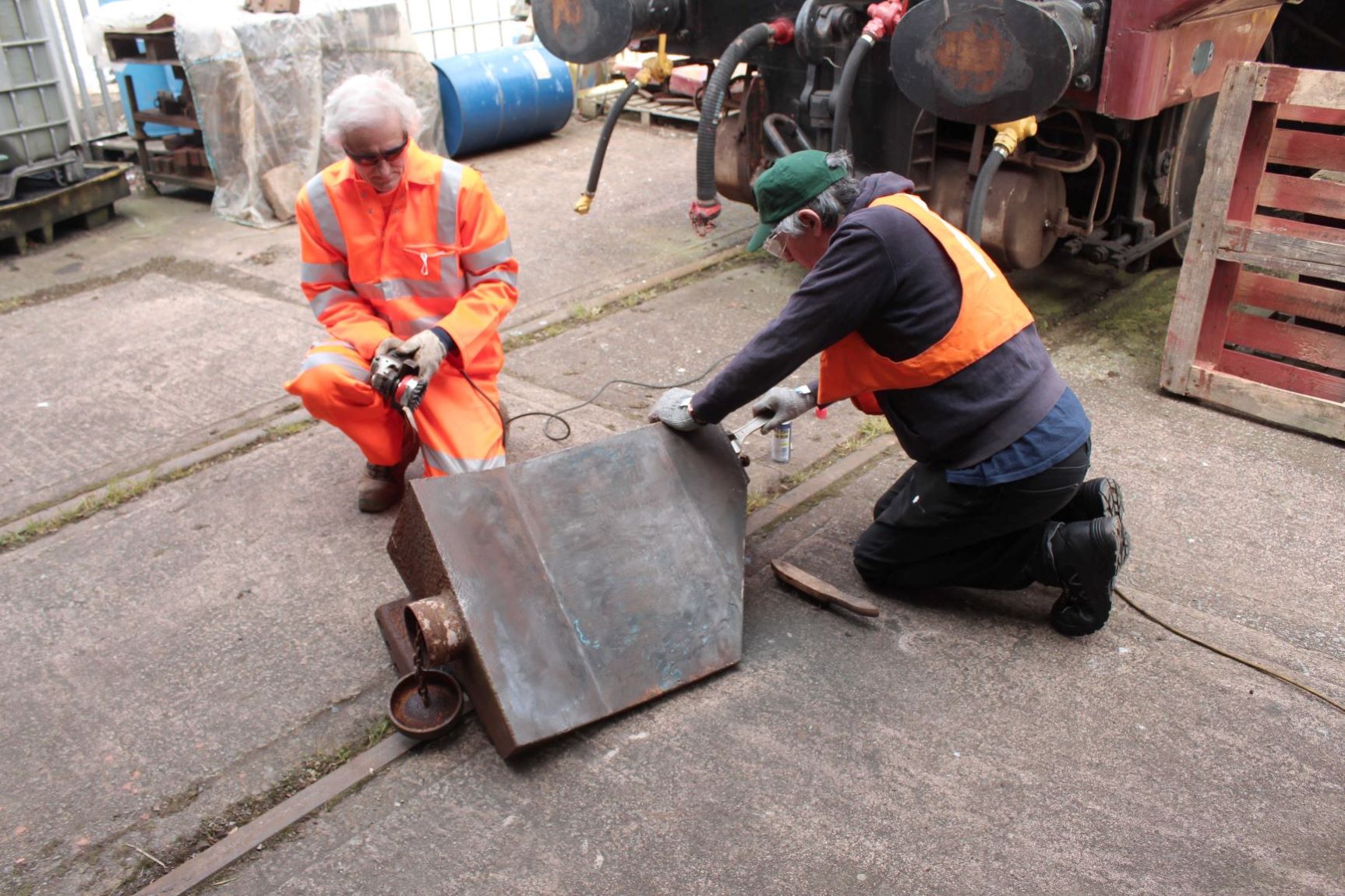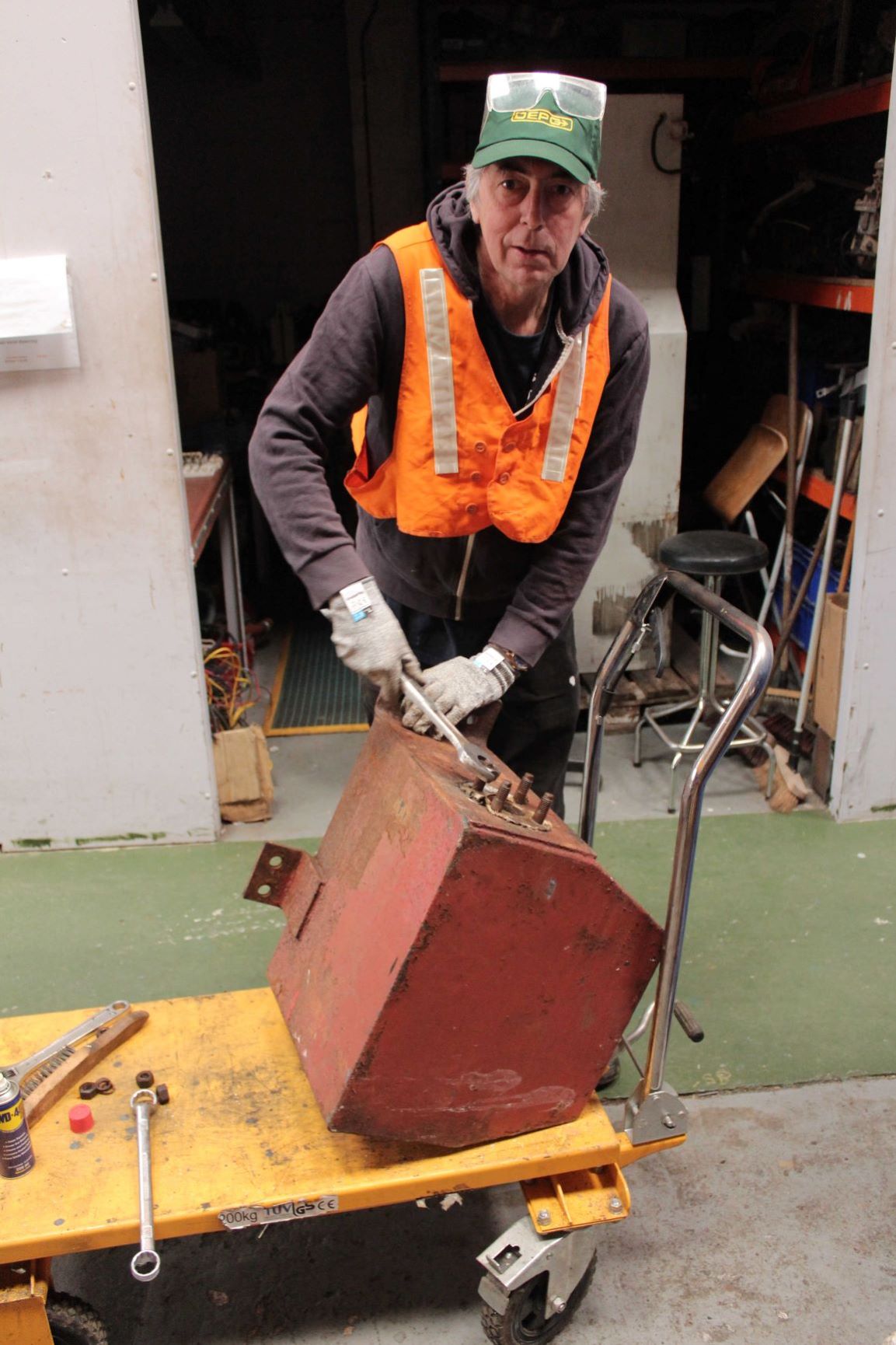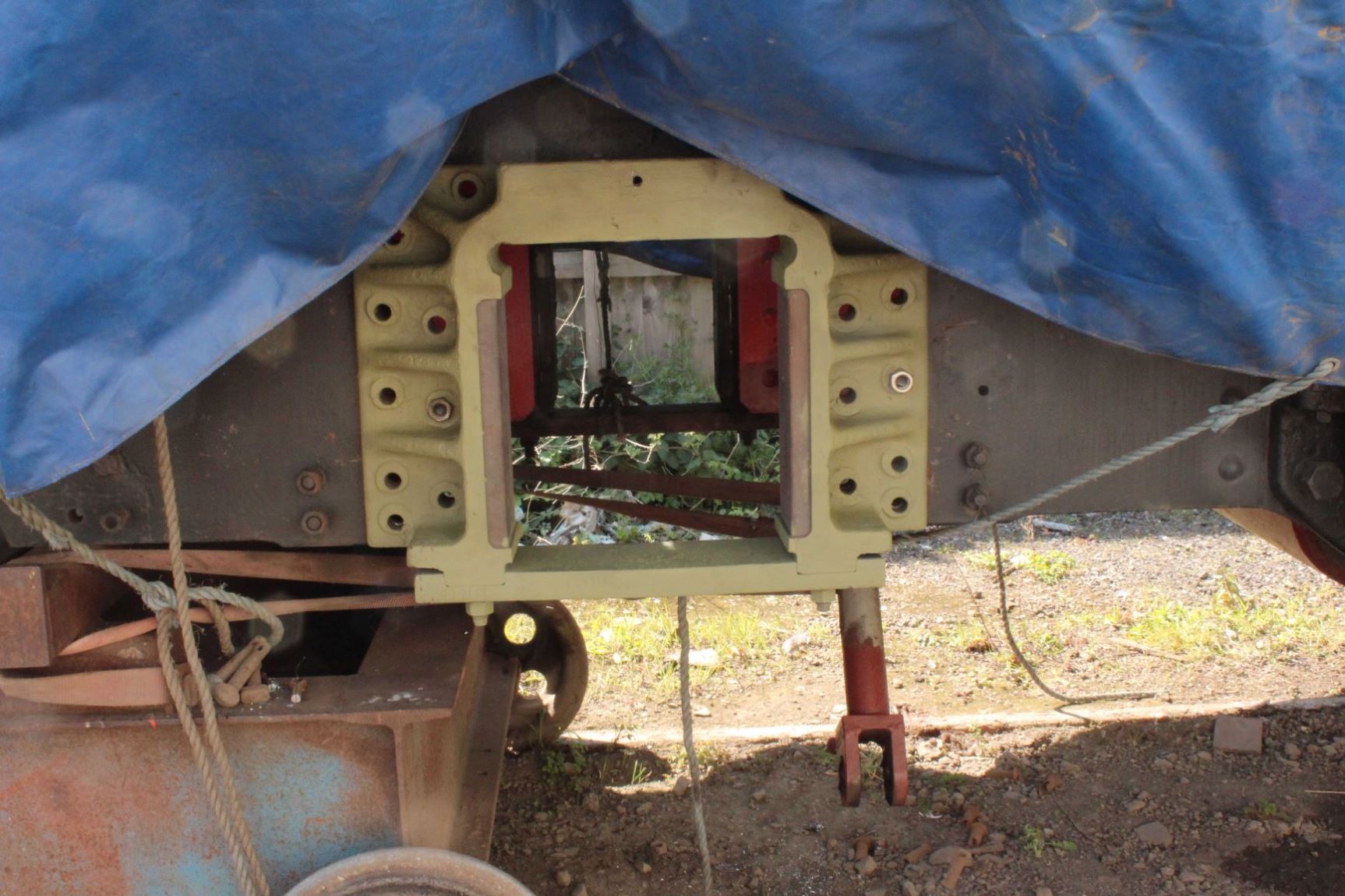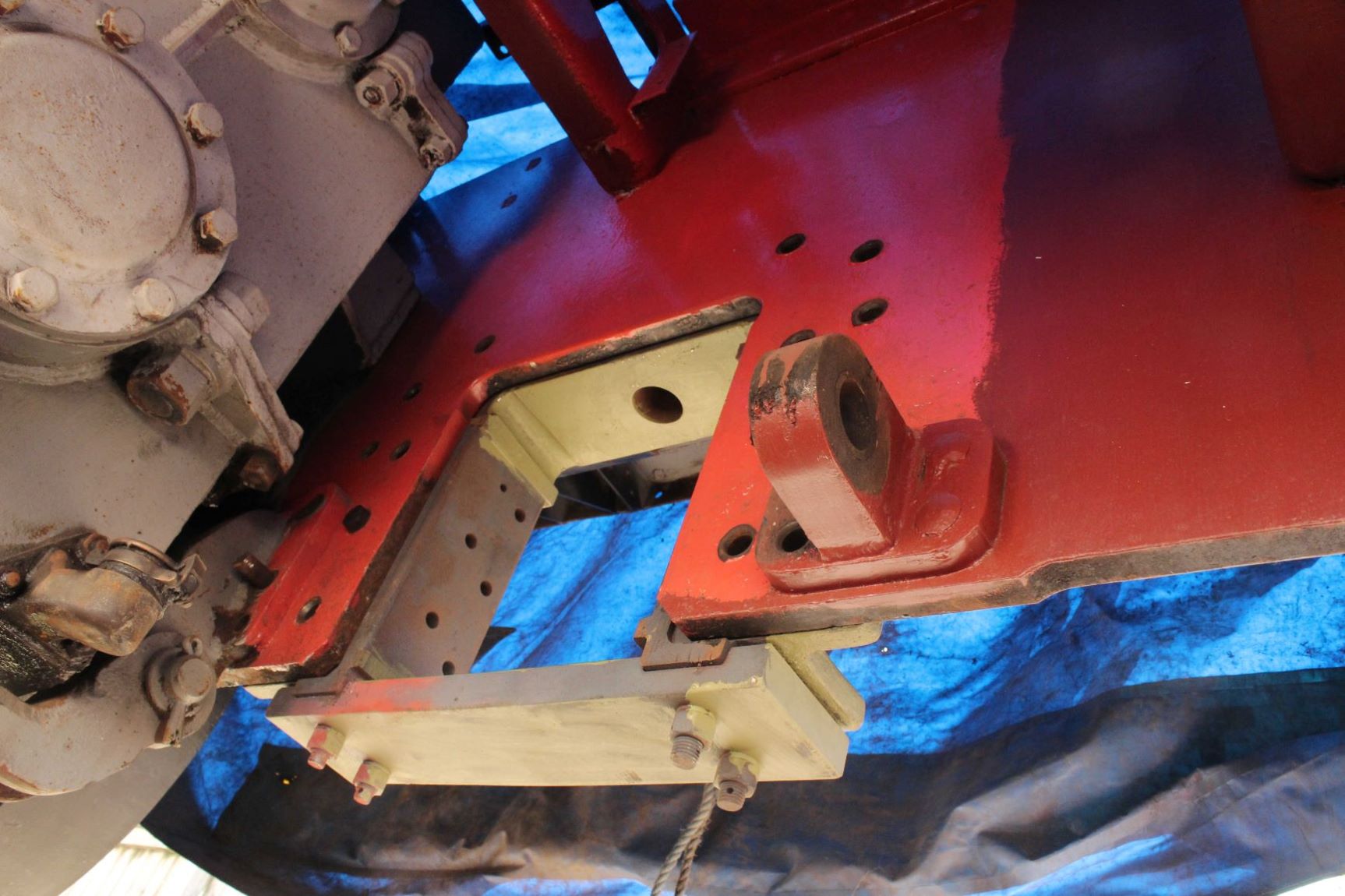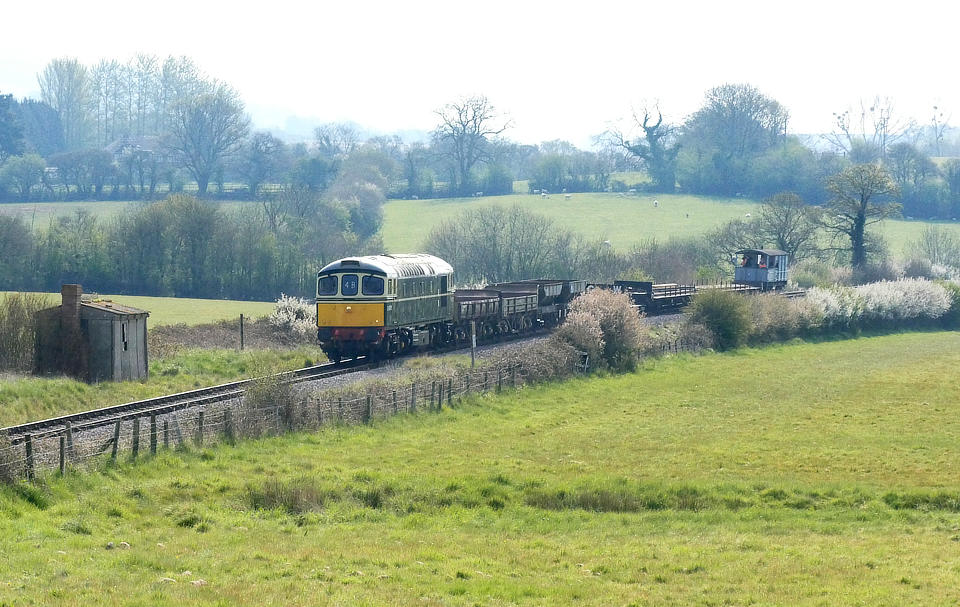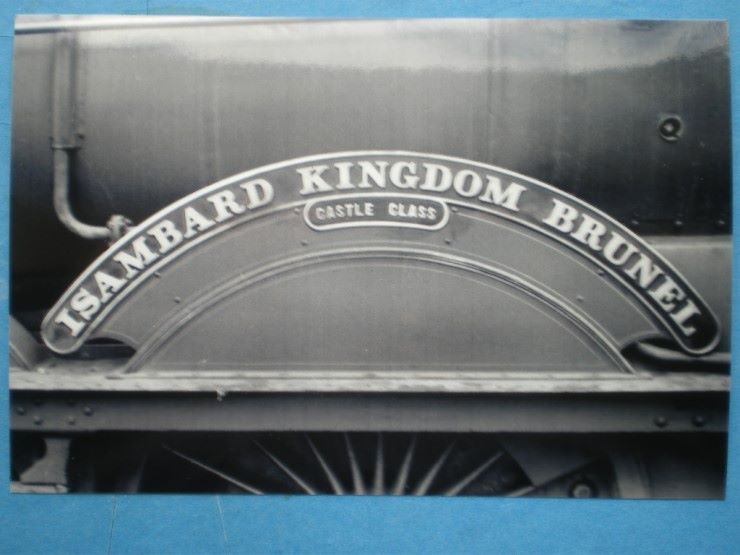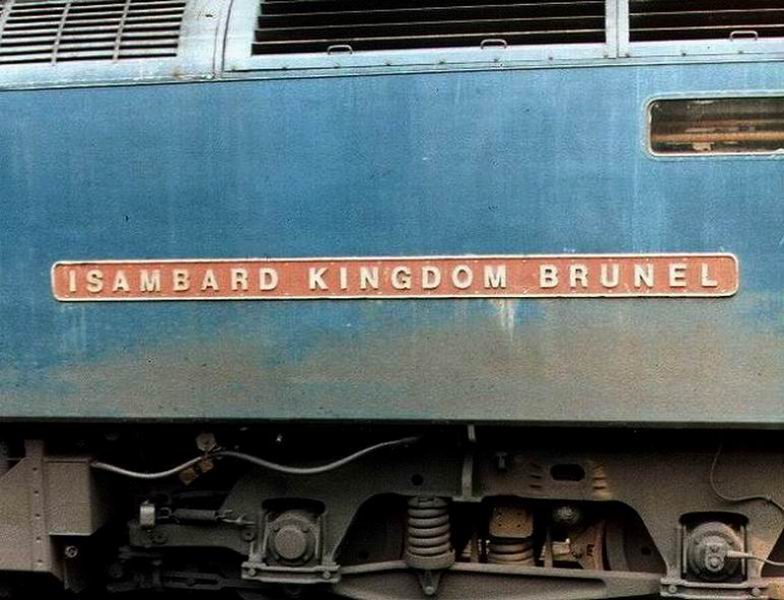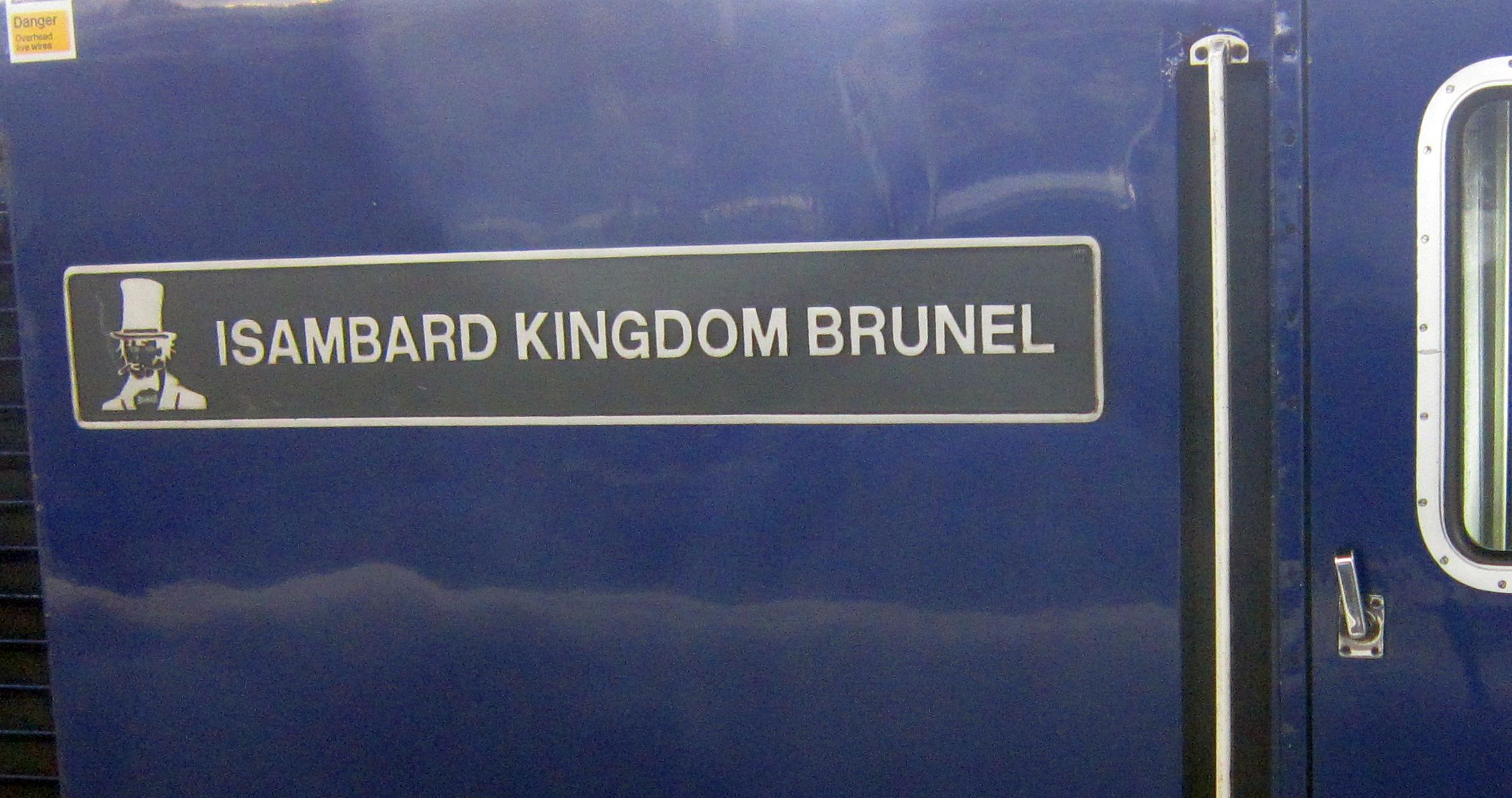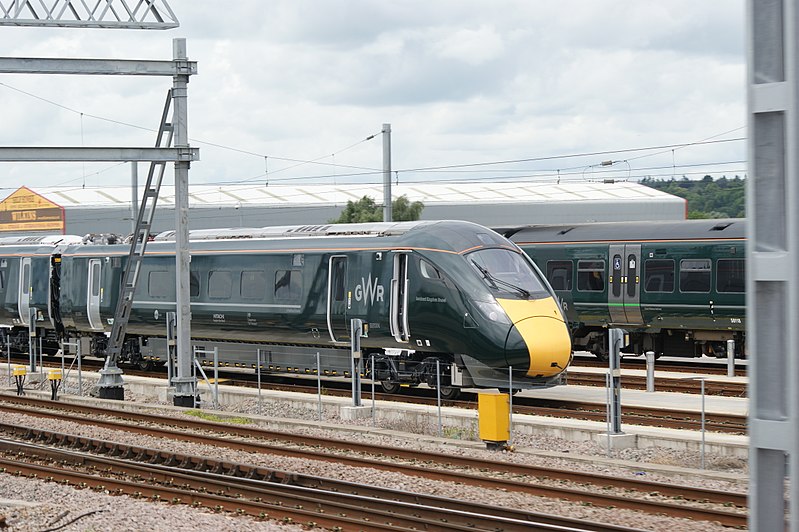Depot News – week ending 23-May-21
The BIG news this last weekend was the re-opening of the WSR to public services, with the first train being steam-hauled by WSR ‘Mogul’ 2-6-0 number 9351. CONGRATULATIONS to all of the staff and volunteers of the whole ‘WSR family’ of organisations who have pulled together to make this happen. Well done all !
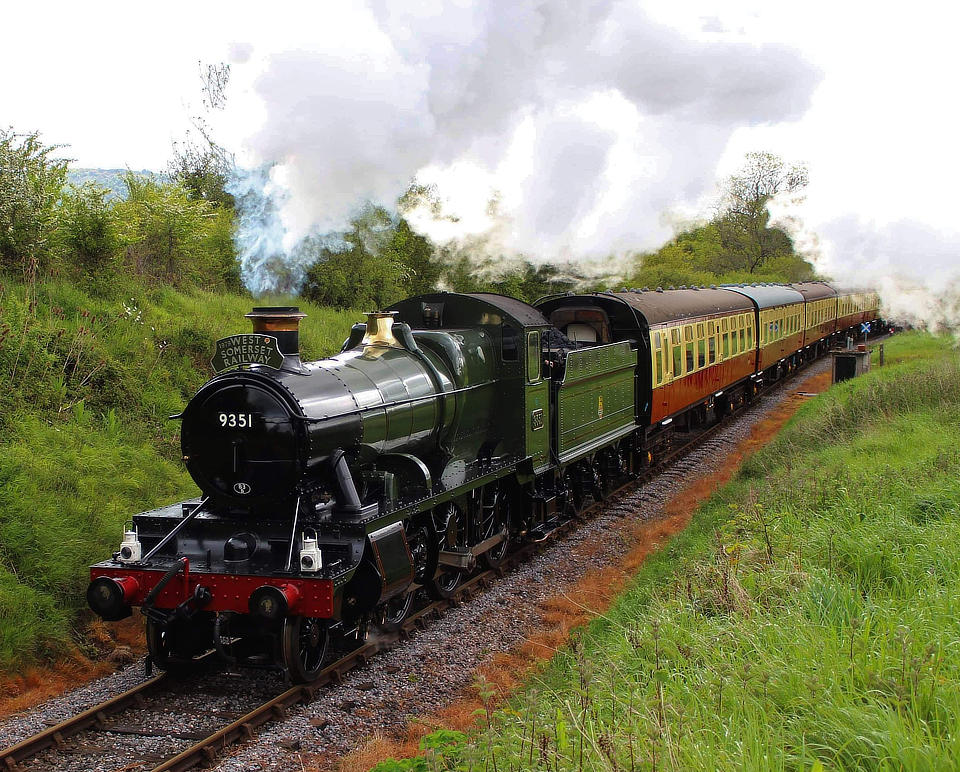
WSR 2-6-0 number 9351 hauls the first public service of 2021, pictured at Nornvis Cottage on Saturday 22nd May 2021 by Jake Genge © CC BY-NC 3.0
On Saturday 22nd May 2021, Class 14 ‘Teddy Bear’ D9526 made a successful test run to and from Bishops Lydeard for the purposes of positioning over the pit at Westridge steam shed for an underframe exam. All went well, and the opportunity was taken for a crew refresher assessment under the watchful eye of the WSR’s Chief Traction Inspector Merv Hebditch.
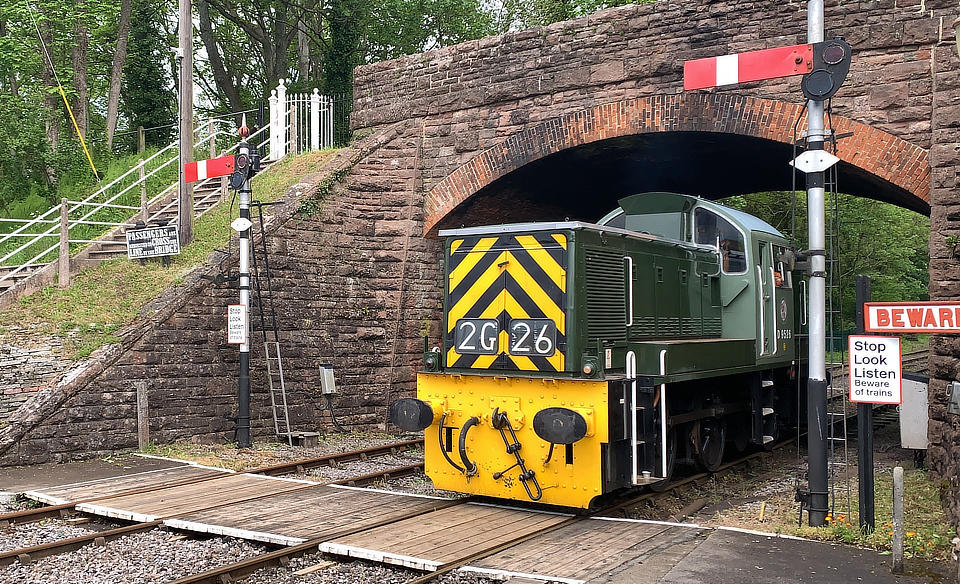
Class 14 ‘Teddy Bear’ D9526 arrives at Bishops Lydeard on Saturday 22nd May 2021. Photo by Charlie Cox © CC BY-NC 3.0
As reported last week, D9526 had attempted the run to Bishops Lydeard on the previous Saturday but a number of snags caused by lack of use during lockdown had resulted in the departure slot being missed, so the trip was postponed. The rescheduled trip allowed the engine and transmission to get up to normal operating temperature and everything worked well, so the loco has been cleared for return to service. Watch out for the news of her next running date by keeping an eye on our website or signing up for our DIESELGEN bulletin service.
Class 33 ‘Crompton’ D6566 (33 048) was busy again, running crew training specials between Bishops Lydeard and Williton on both the Saturday and the Sunday last weekend. During this coming week, she will be in action on Tuesday and Friday, details of which will be posted in a DIESELGEN bulletin.
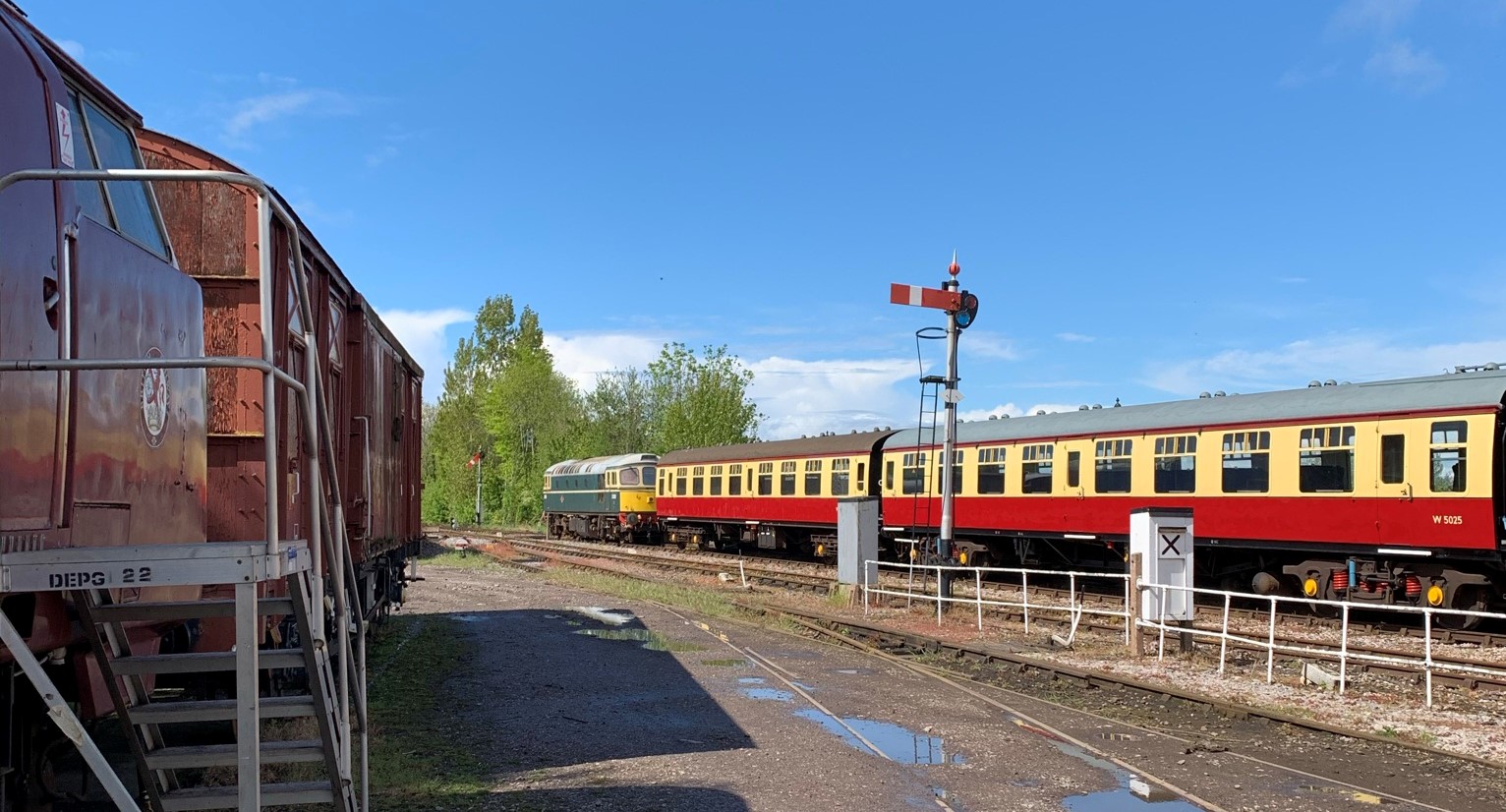
Class 33 D6566 (33 048) detaches from the stock of the 1510 crew refresher training service from Bishops Lydeard to Williton on Sunday 16th May 2021 while Class 52 D1010 ‘WESTERN CAMPAIGNER’ watches from number 3 road in the South Yard. Photo by Andy Royal © CC BY-NC 3.0
LOCO NEWS:
Class 47 47077 ‘NORTH STAR’ – there has been major progress on this loco – the new batteries were installed on Saturday 15th and the engine started quickly and easily. This was a major step forward and allowed us to test and evaluate the various auxiliaries and control circuits throughout the loco. Here’s a short video of the engine run:
Class 47 D1661 47077 47613 47840 ‘NORTH STAR’ engine run at Williton, Saturday 15th May 2021, video by Martin Howard © CC BY-NC 3.0
Another major step forward was the re-installation of the radiator shutter assemblies that had been fully refurbished during lockdown. This task required careful planning and preparation so that it could be performed safely using the overhead gantry crane and the staging. The photos below were taken from a safe, secured position and give a very unusual view of the roof, showing two of the four radiator shutter assemblies reattached to the structure, with one in the process of having the hydrostatic actuator re-installed.
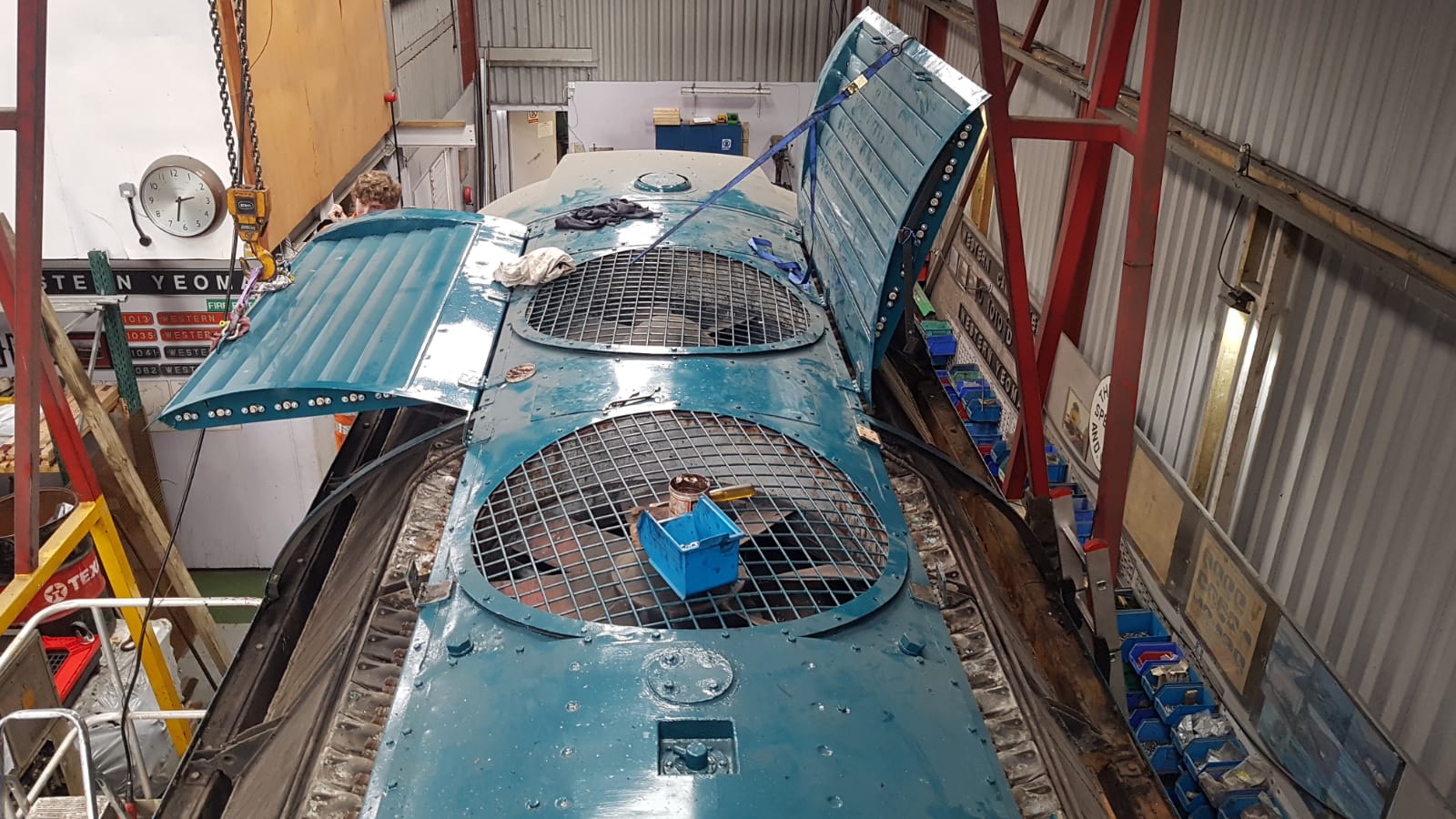
Class 47 D1661 47077 47613 47840 ‘NORTH STAR’ undergoing re-installation of the refurbished radiator shutter assemblies at Williton on 16th May 2021. Photo by Martin Howard © CC BY-NC 3.0
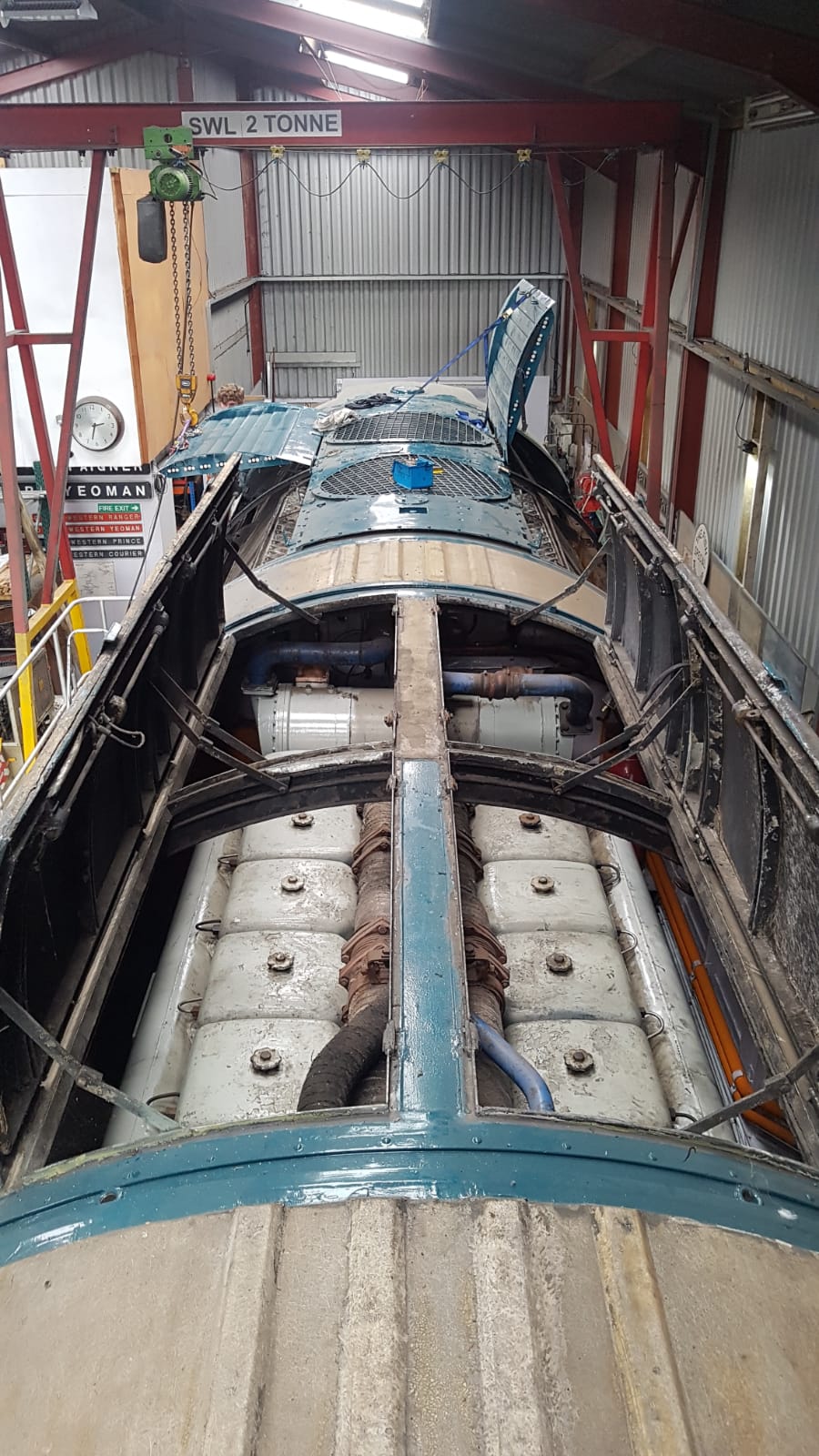
Class 47 D1661 47077 47613 47840 ‘NORTH STAR’ a very unusual view of two-thirds of the Sulzer 12-cylinder engine taken from a secured position at Williton on 16th May 2021. Photo by Martin Howard © CC BY-NC 3.0
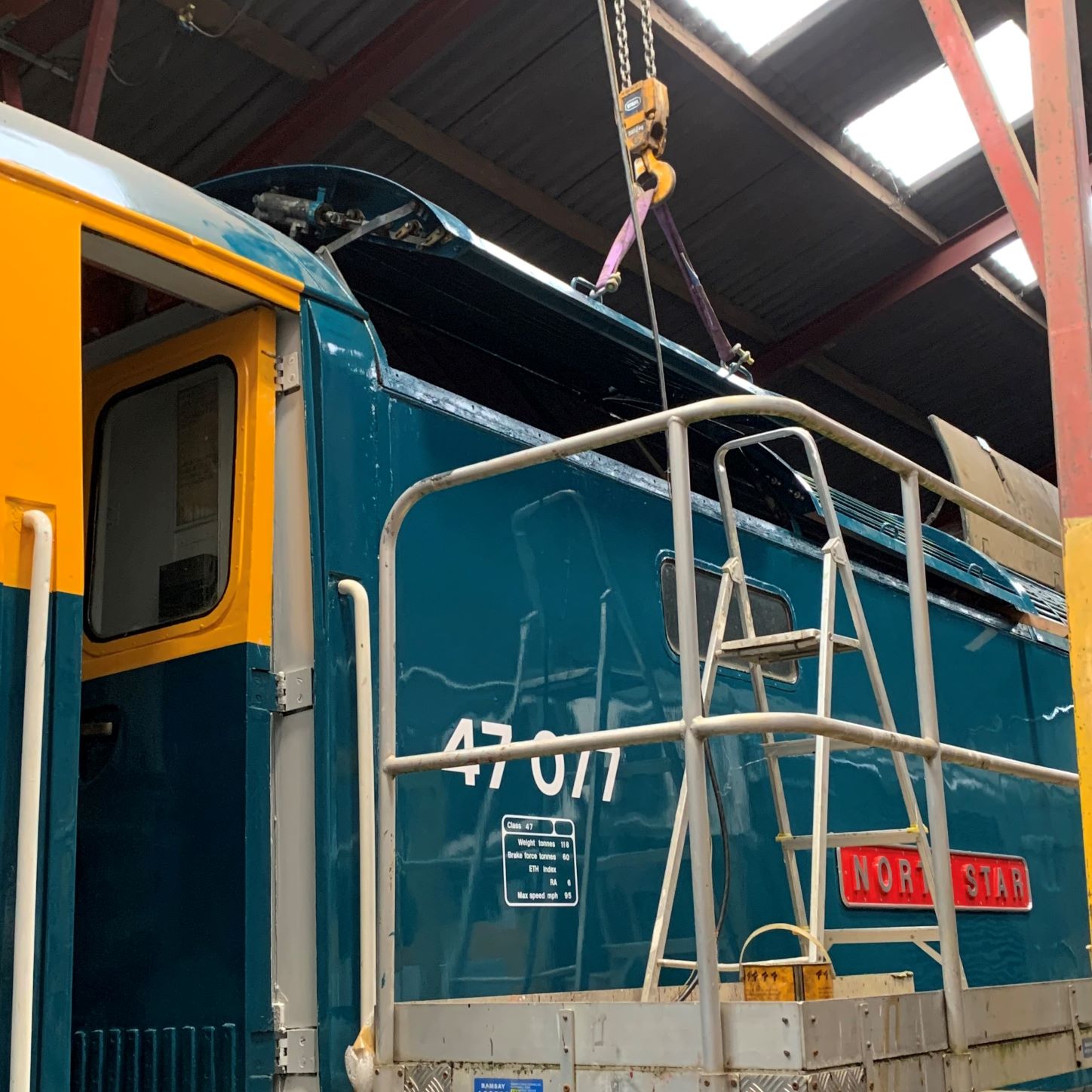
Class 47 D1661 47077 47613 47840 ‘NORTH STAR’ undergoing re-installation of the refurbished radiator shutter assemblies at Williton on 16th May 2021. Photo by Andy Royal © CC BY-NC 3.0
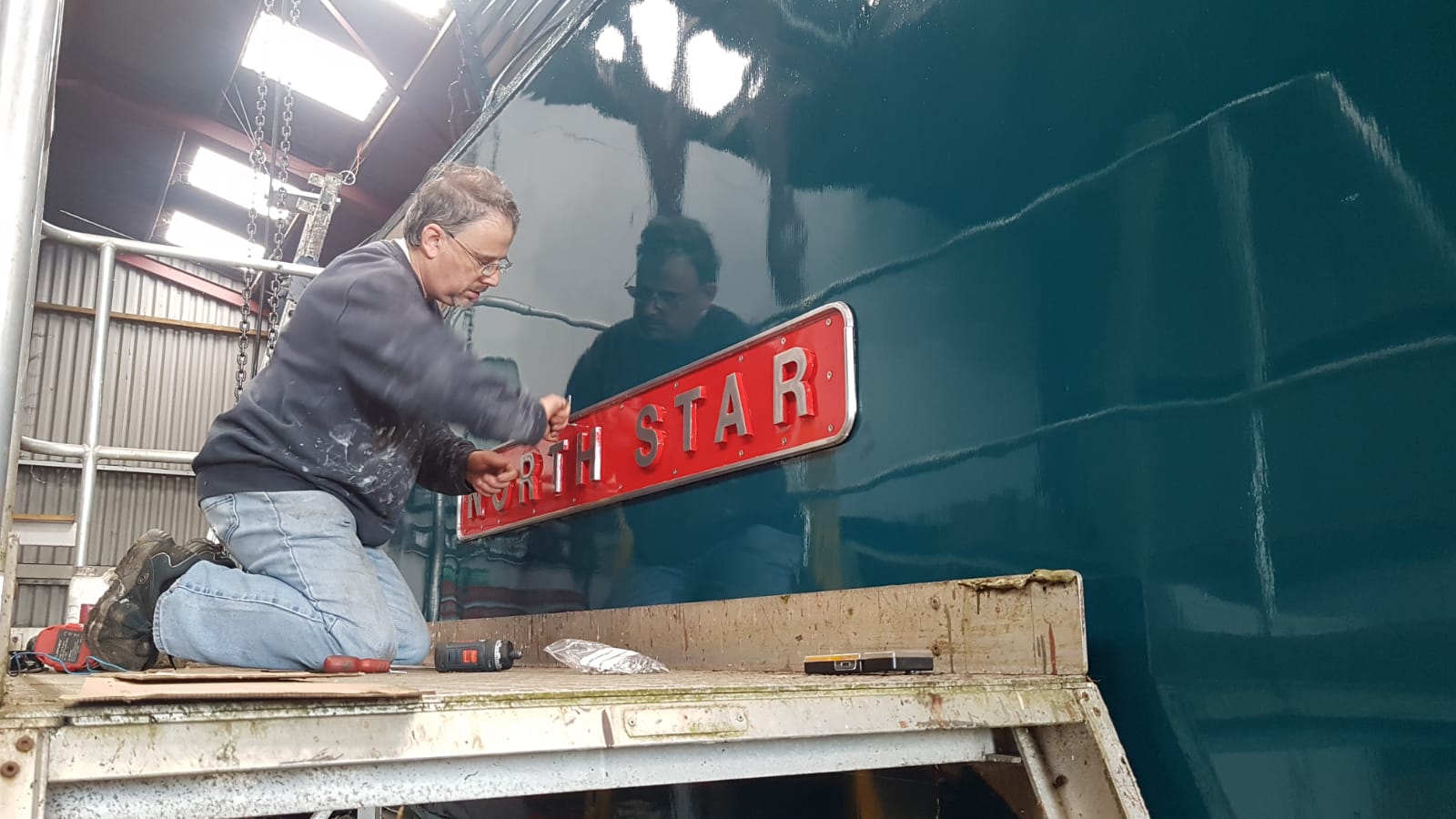
Class 47 D1661 47077 47613 47840 ‘NORTH STAR’ nameplates being secured by Graham at Williton on 16th May 2021. Photo by Martin Howard © CC BY-NC 3.0
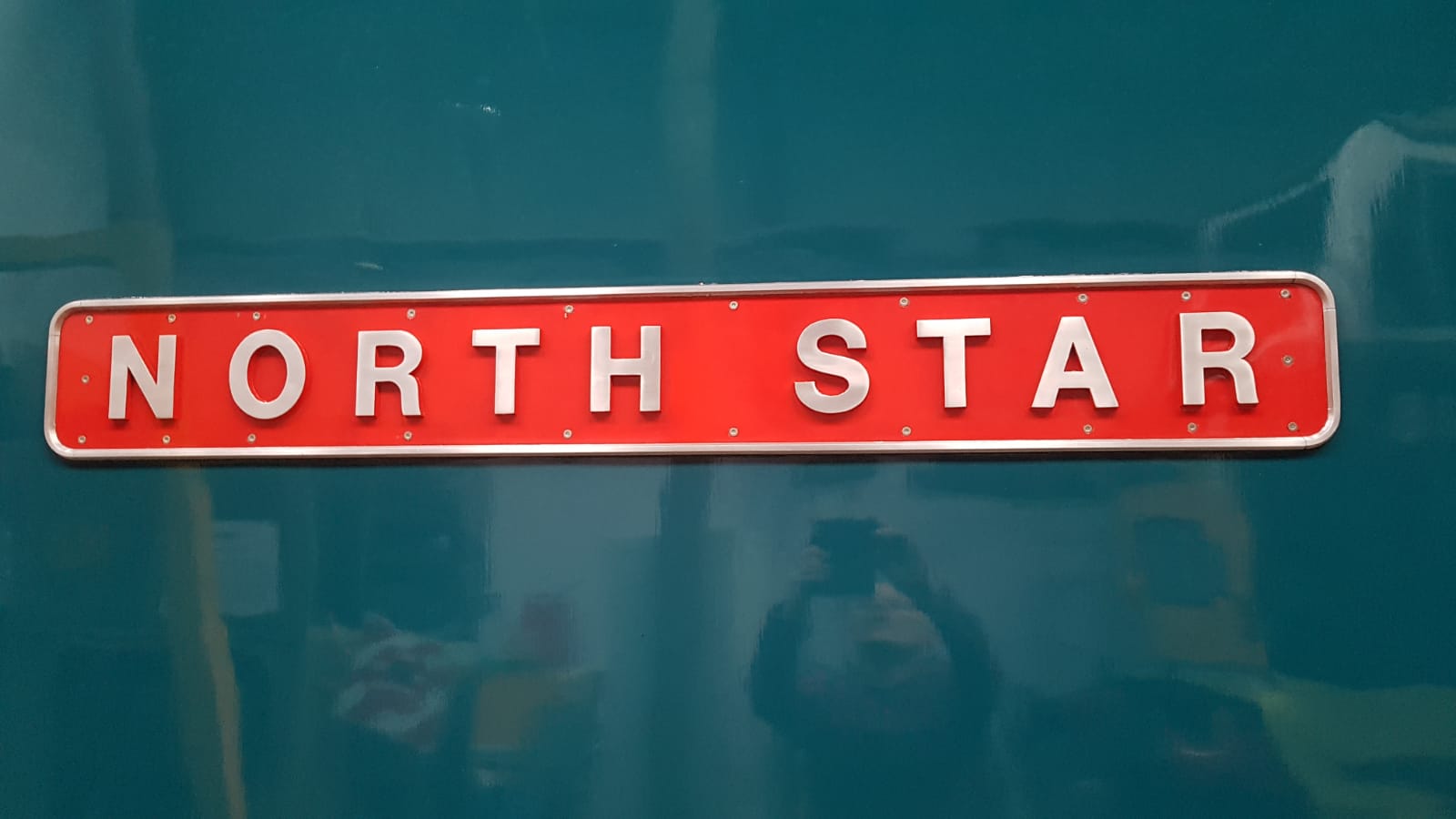
Class 47 D1661 47077 47613 47840 ‘NORTH STAR’ nameplate securely fitted and sealed against the bodywork at Williton on 16th May 2021. Photo by Martin Howard © CC BY-NC 3.0
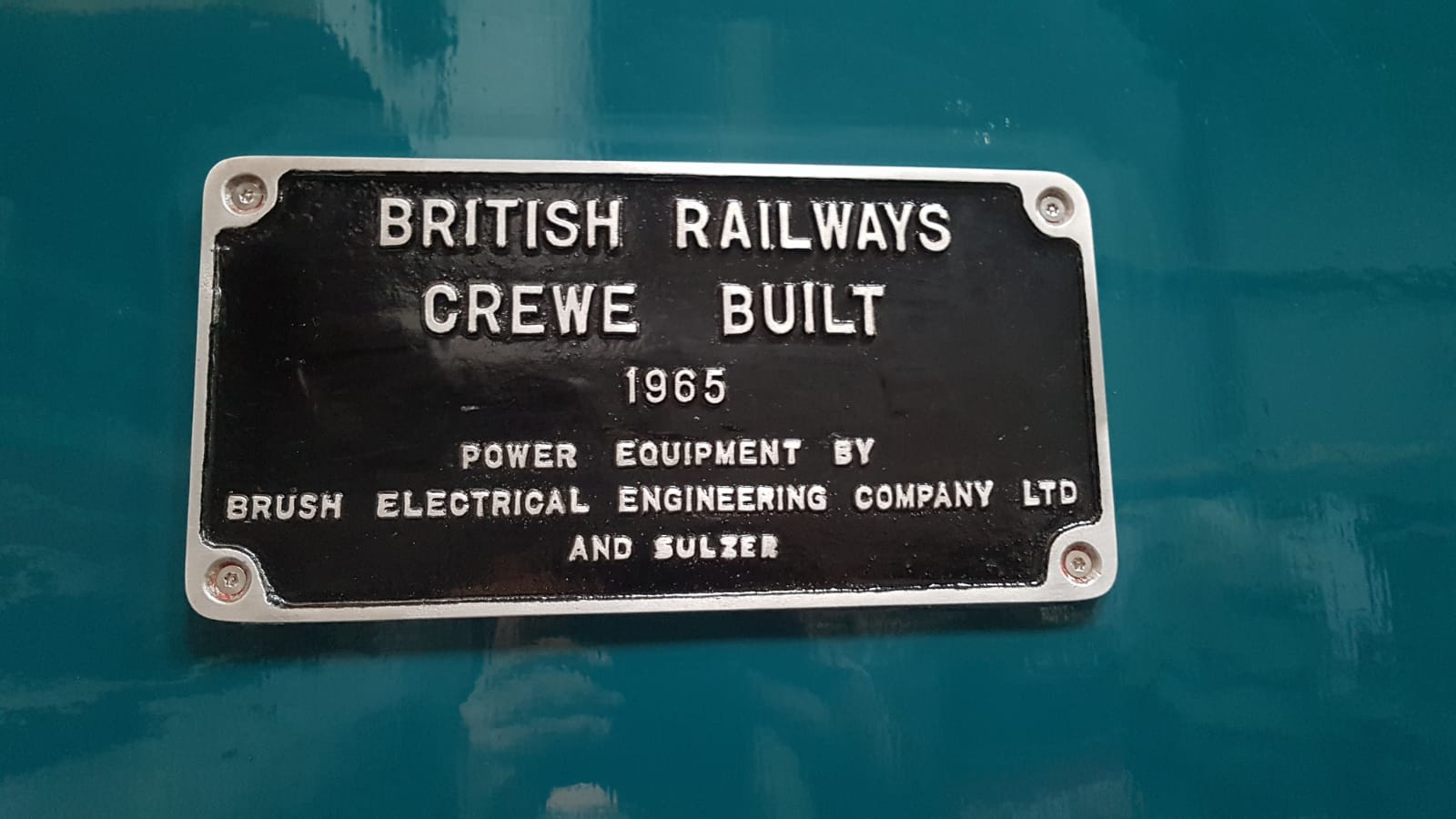
Class 47 D1661 47077 47613 47840 ‘NORTH STAR’ worksplate also securely fitted and sealed against the bodywork at Williton on 16th May 2021. Photo by Martin Howard © CC BY-NC 3.0
Further progress was made on the cleaning and painting of both cabs and a number of other jobs were completed including the clean-up and repaint of the battery charger point and the external fire handles. All together, it added up to a lot of progress, so thanks go out again to our volunteers who paused their work on their ‘normal’ projects to join in with the work on the ’47’.
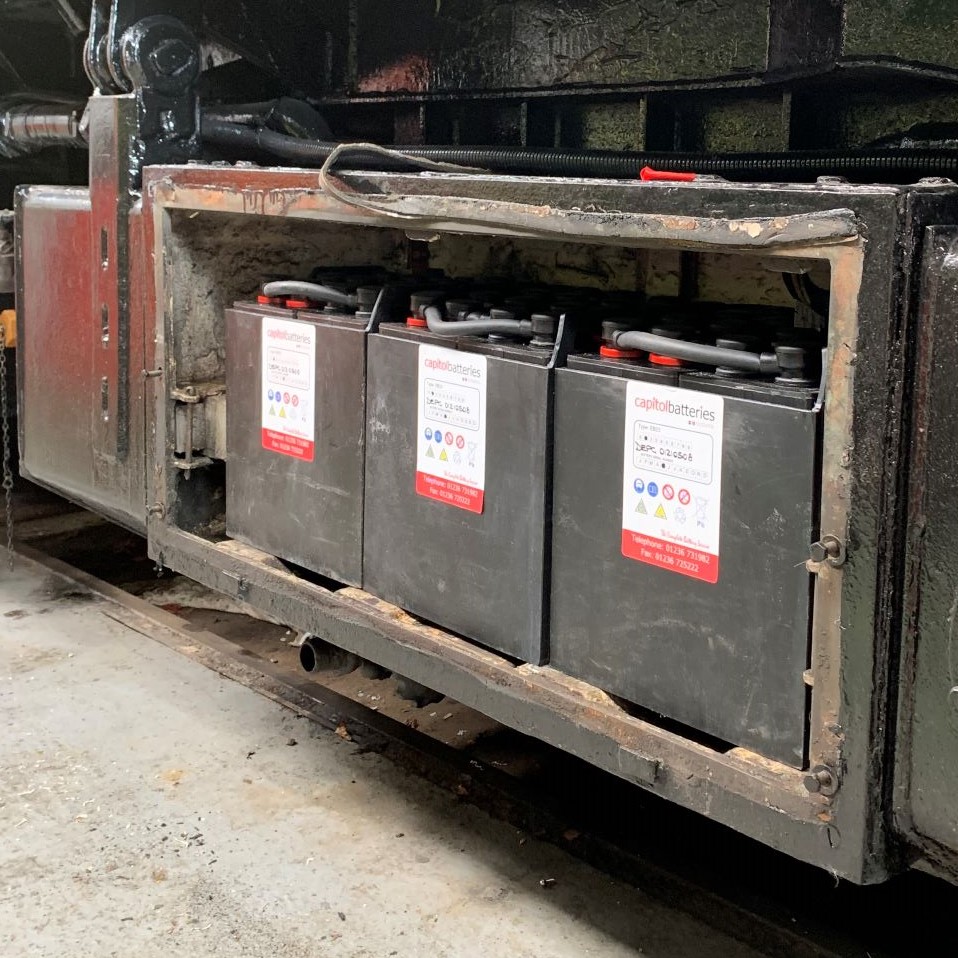
Class 47 D1661 47077 47613 47840 ‘NORTH STAR’ sporting brand new batteries (6 visible out of the total of 48) at Williton on 16th May 2021. Photo by Andy Royal © CC BY-NC 3.0
Class 33 ‘Crompton’ D6575 received some attention last weekend because of an electrical fault that had become apparent in the load regulator circuitry. This was investigated by Ian and Tom and quickly resolved, but the loco needs further attention on a fuel supply issue that has cropped up.
Class 35 ‘Hymek’ D7017 – to maintain the engine and the batteries in good condition, an engine start on Saturday 15th was followed by a run of about an hour to bring the engine up to temperature and restore the charge in the batteries. Everything went to plan and the Maybach music was as sweet as ever!
Class 35 ‘Hymek’ D7018 – this loco also had an engine run on Saturday 15th and everything went to plan. Work on the transmission has been suspended while the focus is on 47077.
Class 52 D1010 ‘WESTERN CAMPAIGNER’ – this loco is being prepared for an engine run and a yard shunt that will take place on the weekend of 5th June, subject to progress being made on 47077, following which D1010 will go under cover in place of 47077 so that body repairs can commence. Do you have your copy of our new booklet “D1010 WESTERN CAMPAIGNER – FROM MEREHEAD TO MINEHEAD” ? All of the revenue from the sales of this booklet will go into the D1010 restoration fund, along with revenue from sales of pre-owned books, so please help the fund grow by buying from our online store. Thanks !
Class 14 ‘Teddy Bear’ D9518 – the ‘Tuesday team’ are continuing to make progress on restoring multiple parts of the loco, with more parts being lined up for attention to keep the momentum going. In between other tasks, Colin continues his work on the wheelsets, as can be seen below:
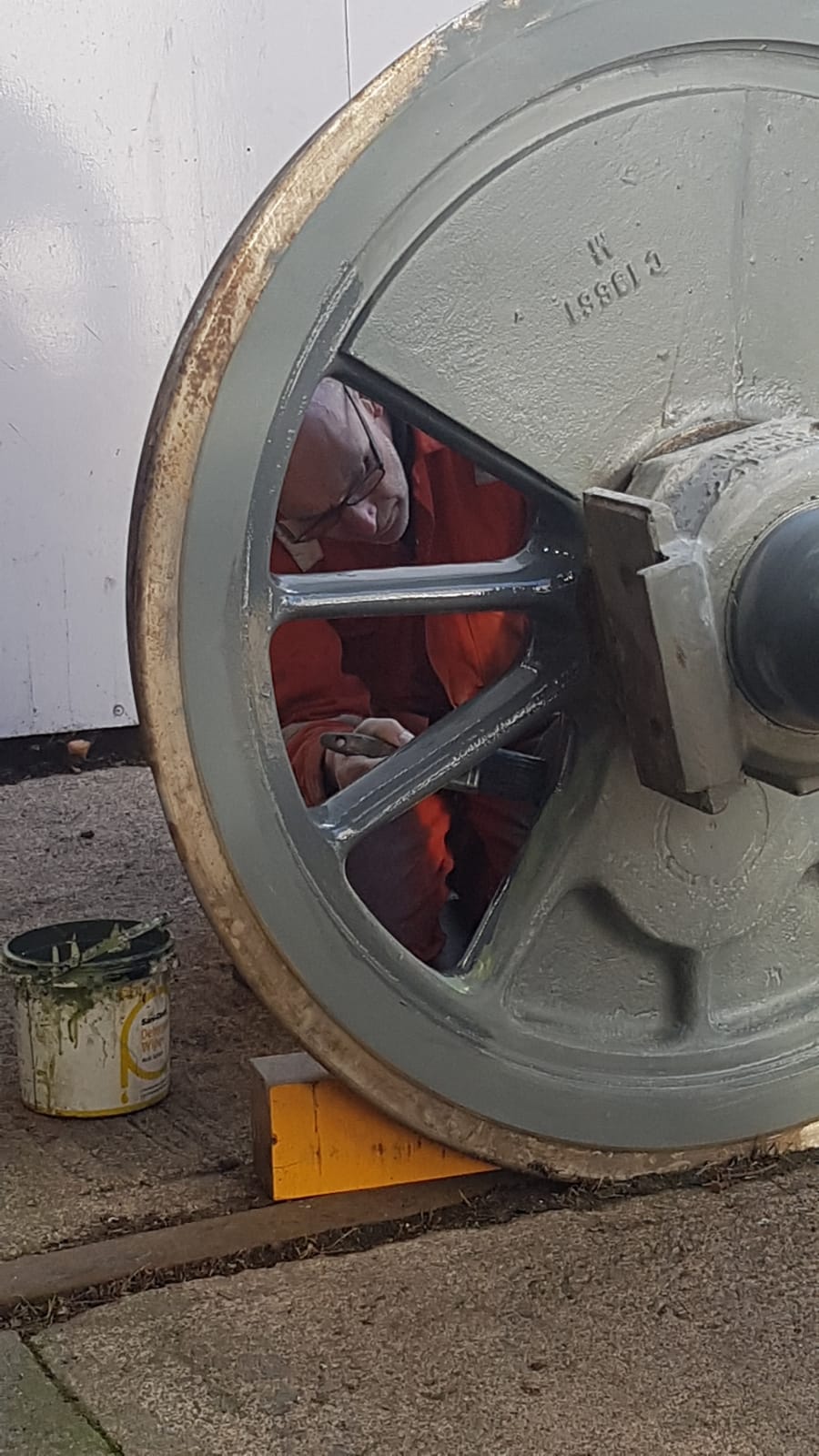
Class 14 ‘Teddy Bear’ D9518 wheelset receiving an undercoat from Colin at Williton on 23rd June 2021. Photo by Martin Howard © CC BY-NC 3.0
Many thanks to all of our volunteers who are hard at work maintaining, restoring, managing and fund raising for our fleet of heritage locomotives !
BOOK REVIEW – due to running late this week, we will have to skip this feature but we have plenty of book reviews lined up for you. Meanwhile, take a look at the pre-owned books on our DEPG ONLINE STORE, the entire proceeds of which will go to the D1010 restoration fund.
If you have railway books that you want to donate to us, please let us know by return email or by using this contact form so that we can work out an economic way of getting them from you. We appreciate your efforts to give us more items to sell to raise funds for the DEPG fleet.
ON SHED: This is another feature that we will have to skip this week, sorry !
DEPG NEWS: The DEPG Board meeting that was scheduled for 22nd May 2021 has been moved to Sunday 30th May because of the need to focus on 47077, so you still have time to let me have any questions, topics or concerns that you would like to have tabled.
The next edition of the quarterly DEPG newsletter is in preparation and is planned for distribution in mid-June. What would you like to see in this edition ? Let us know what you would find interesting. Do you have a story to tell ? Write your own article or alternatively, provide us with the information and we will do the writing.
Membership – is your membership up to date ? If not, please renew by going to our Join Us page and selecting the appropriate membership ‘product’. This is a quick and easy way to keep your membership current. It doesn’t matter if you don’t remember your membership number – we will sort that out for you.
DEPG WEBSITE: Our ONLINE SHOP IS NOW LIVE so go ahead and visit our store!
This week, we have been doing some long-overdue administration in preparation for a database update, so we haven’t had a chance to add the many pre-owned books that we have received from several donors. It will take a little while to get all of those titles scanned and created as products, but don’t let that stop you from donating. The more the merrier, and MANY THANKS to all who have donated. Some of the donated items are rare and will either become raffle prizes or will be auctioned to raise funds for D1010 so we are very grateful for all of your support. It’s fantastic !
We have just taken delivery of more mugs, the fastest seller being that for D1010 (predictably!) and we also have more DEPG hats and various colours of polo shirts and sweatshirts in stock now.
WSR NEWS: The WSR have successfully restarted public services so we now need the public to support these services by buying tickets to ride!
There are also several other temptations along the lines, including the Gauge Museum reopened at Bishops Lydeard and the famous Cream Teas available on some trains and at Stogumber station – the produce in the picture below is particularly mouth-watering!
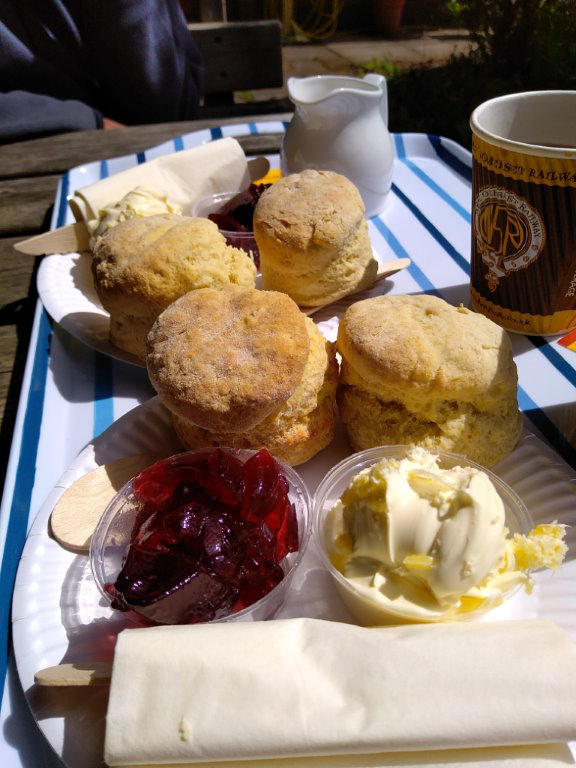
Stogumber Cream Teas are back on the menu – pictured on 22nd May 2021 by Bob Preston © CC BY-NC 3.0
Keep an eye on the excellent wsr.org.uk website for all of the latest WSR news.
The WSR are continuing to enhance their timetables with an extension to Watchet starting on Saturday 29th May, the latest additions feature temptations such as Fish & Chips or Cream Teas, all of which sound like the perfect accompaniment to a trip along the WSR. Check out the different colour timetables and you will see the catering services that go with most of these options. It is really important to support the WSR to ensure that these services are a commercial success so please buy a ticket if you can.
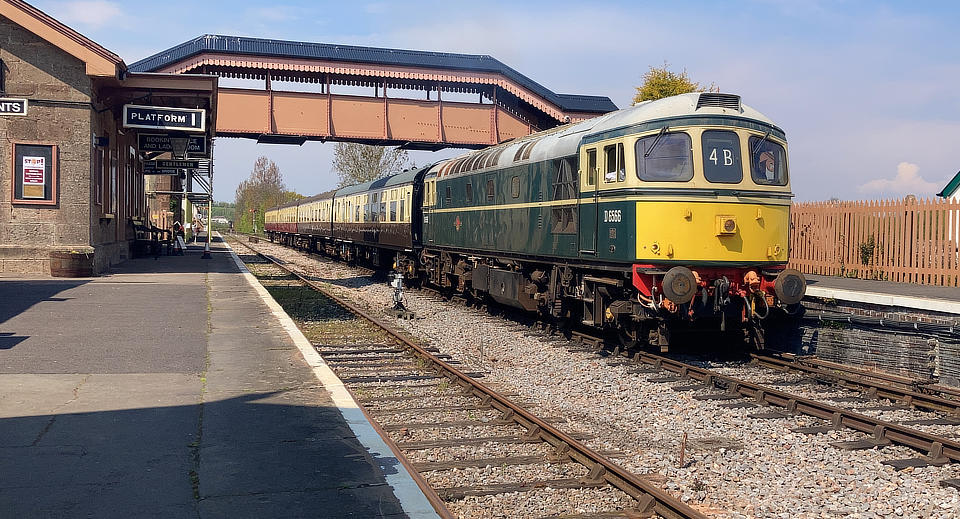
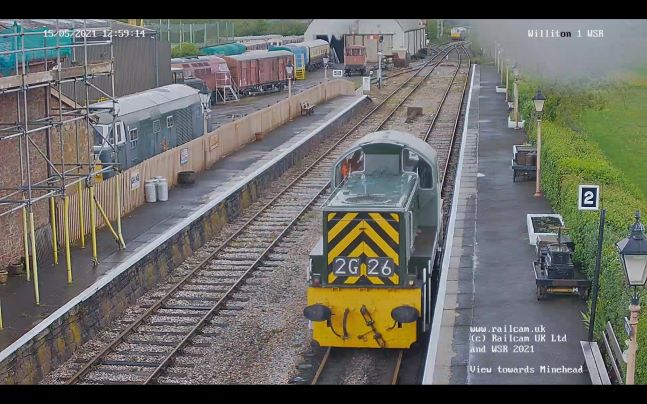
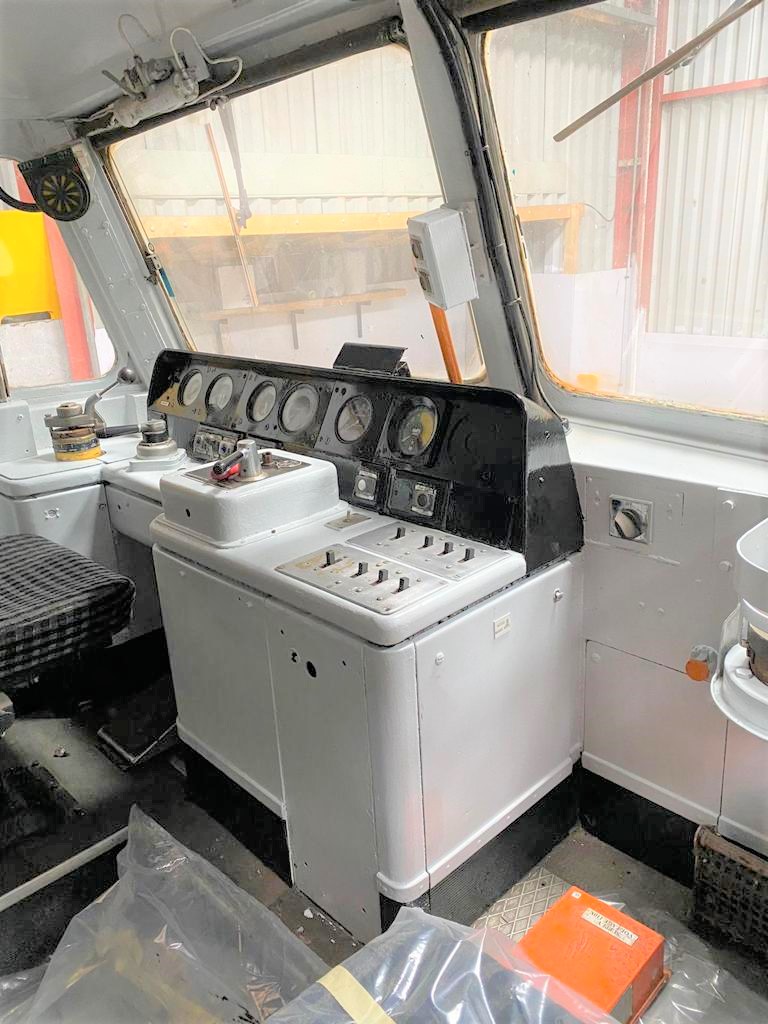
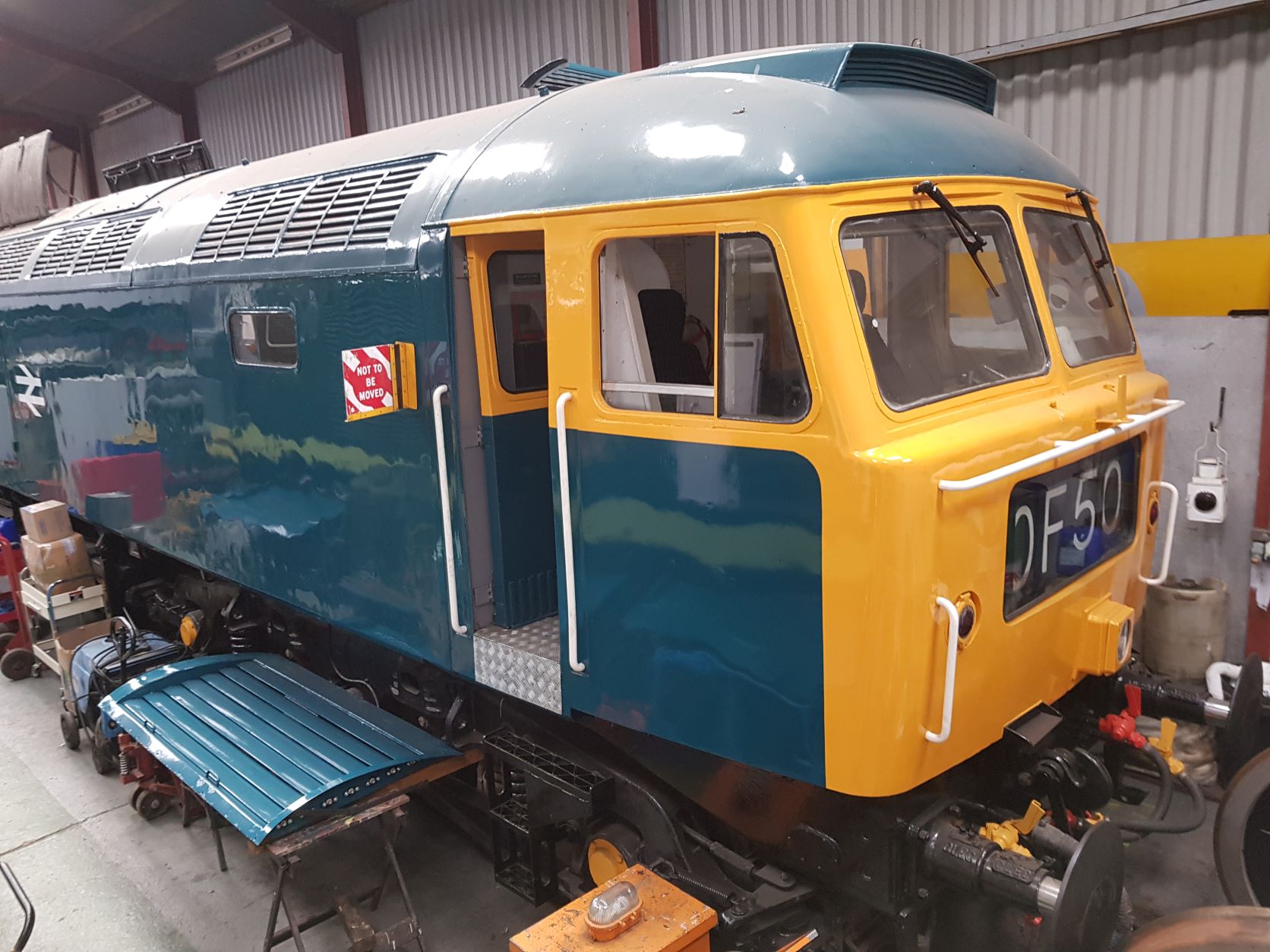
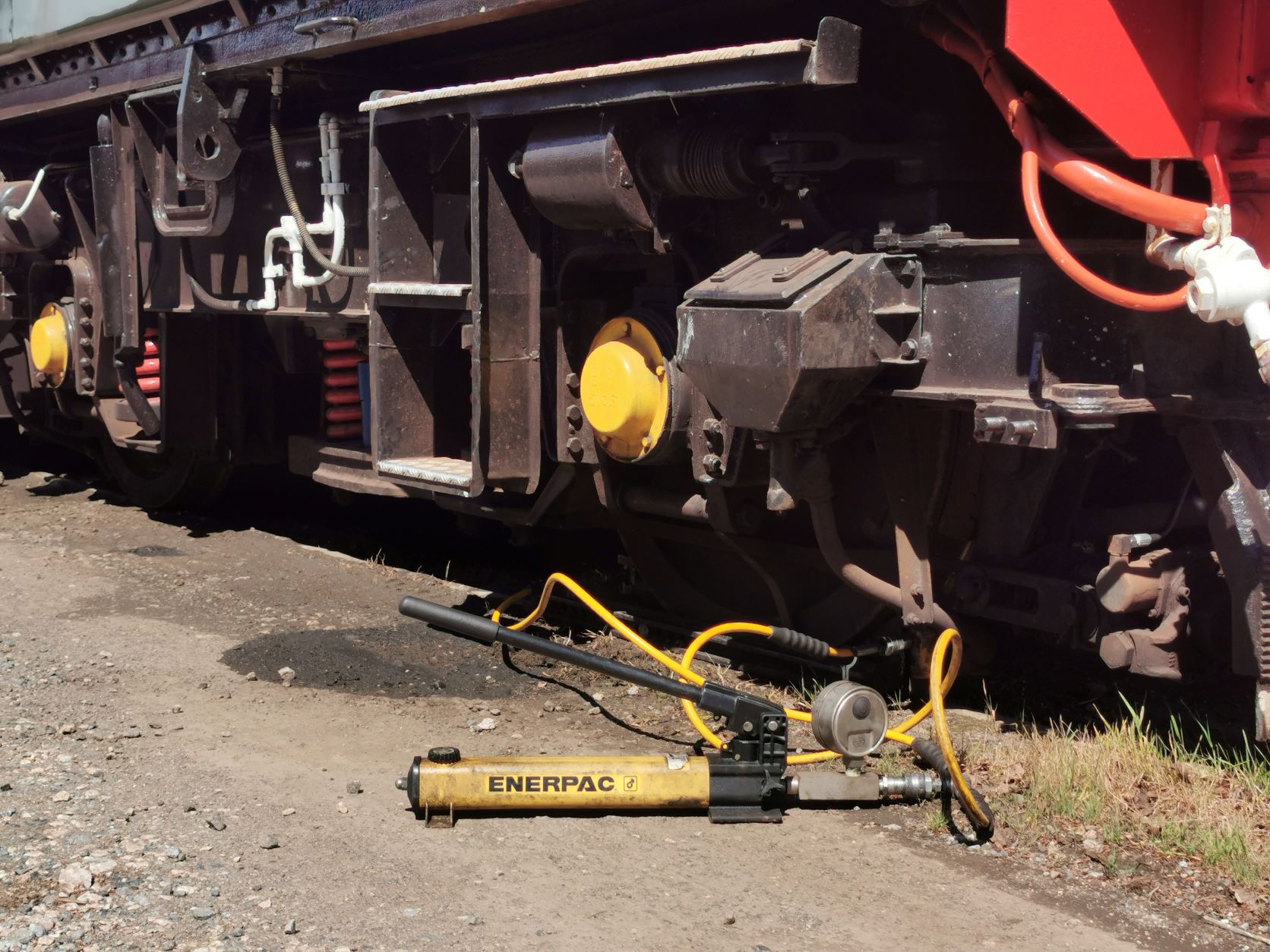
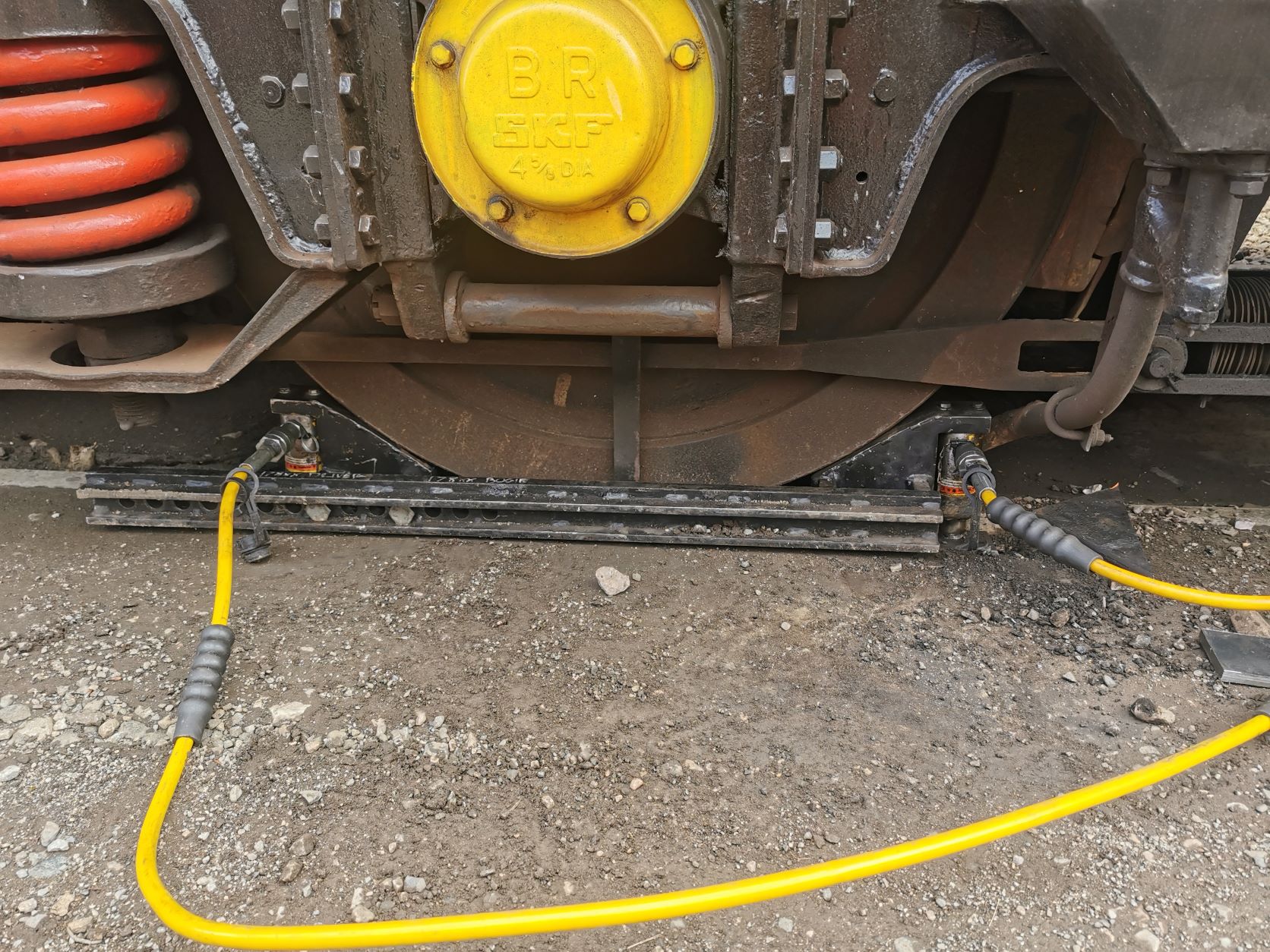
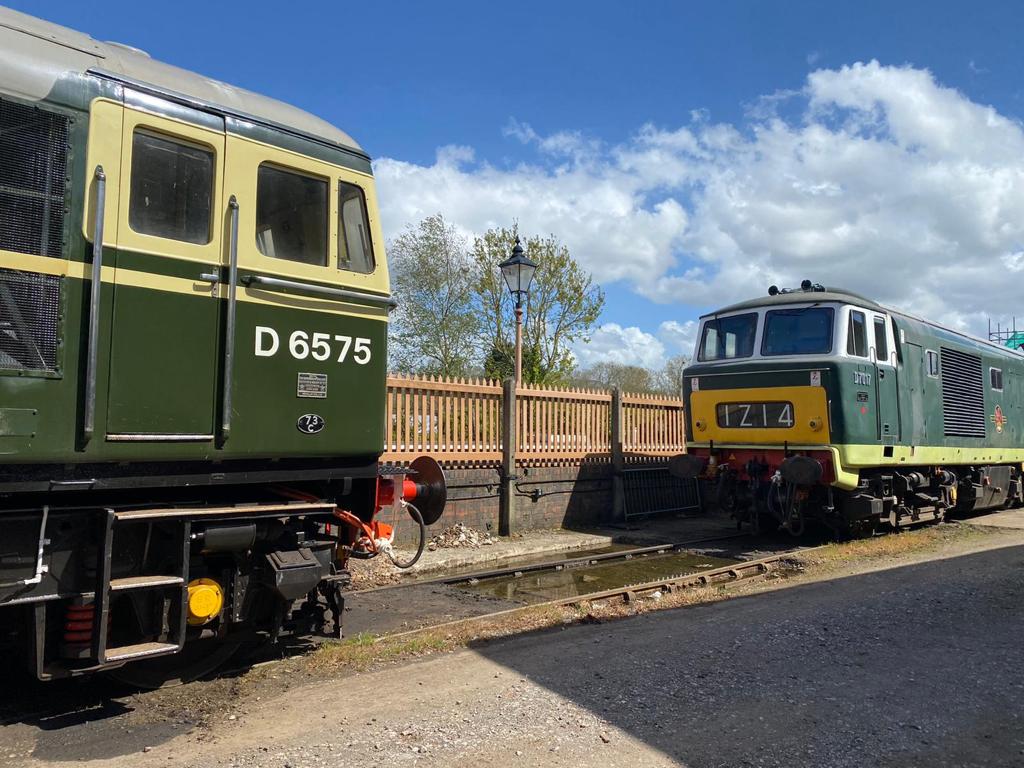
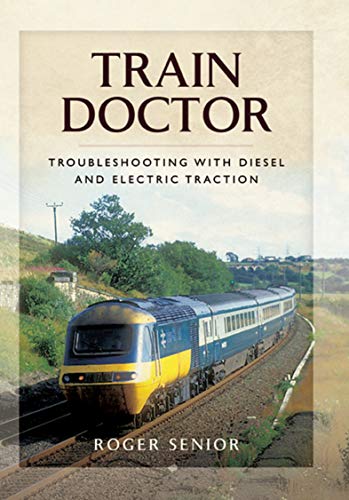
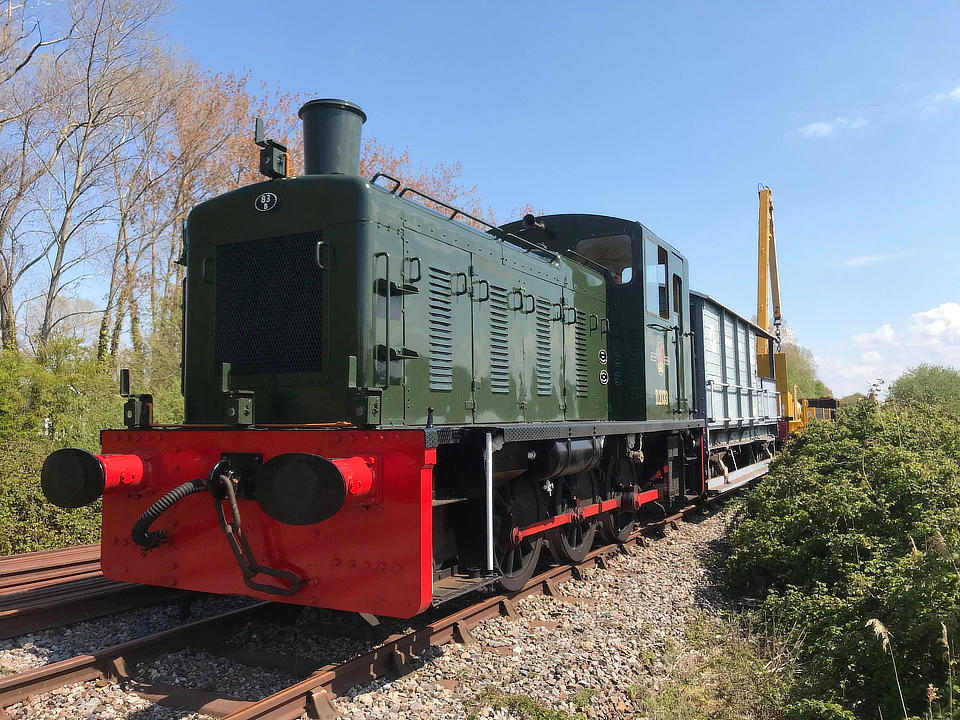
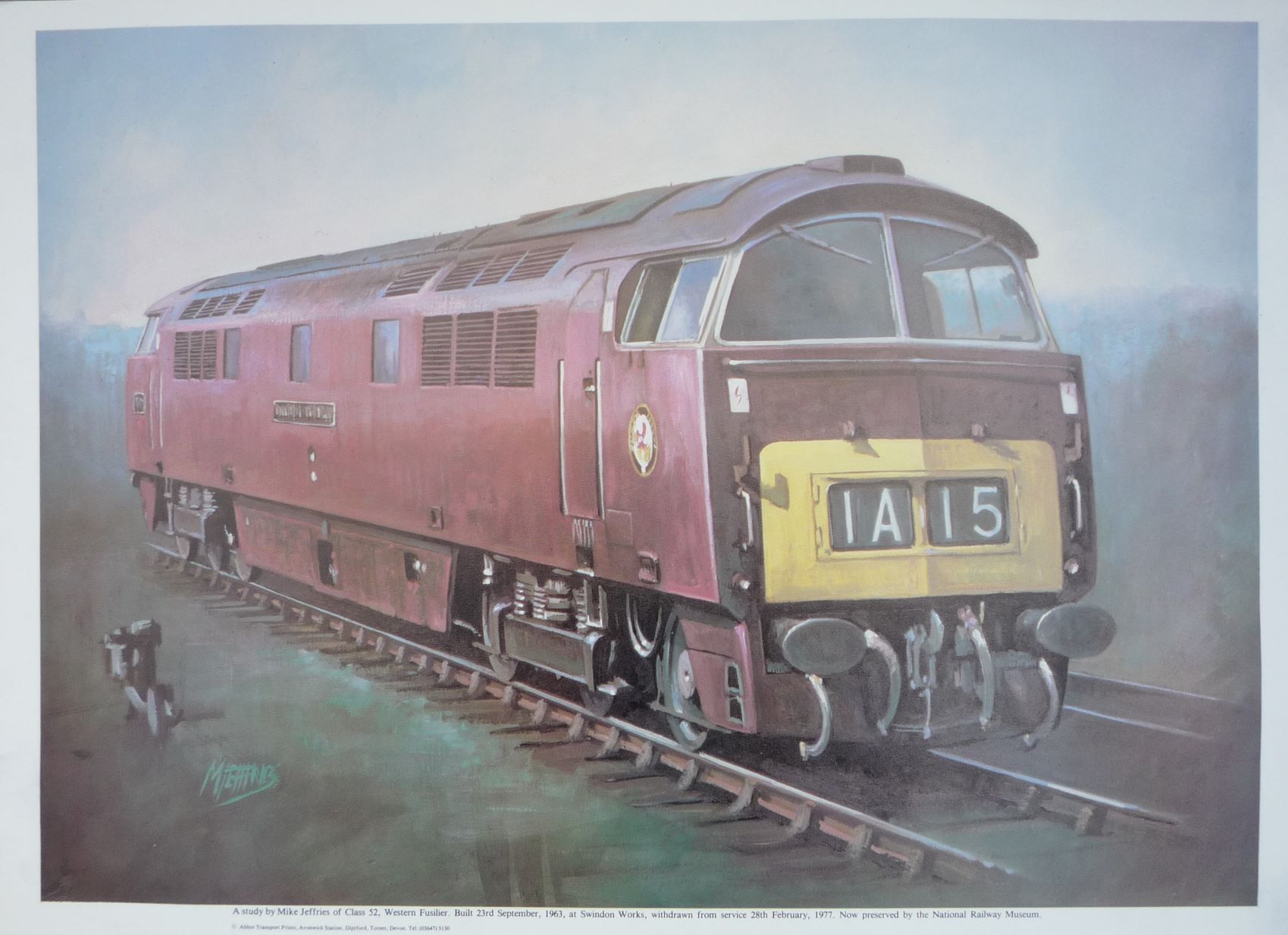
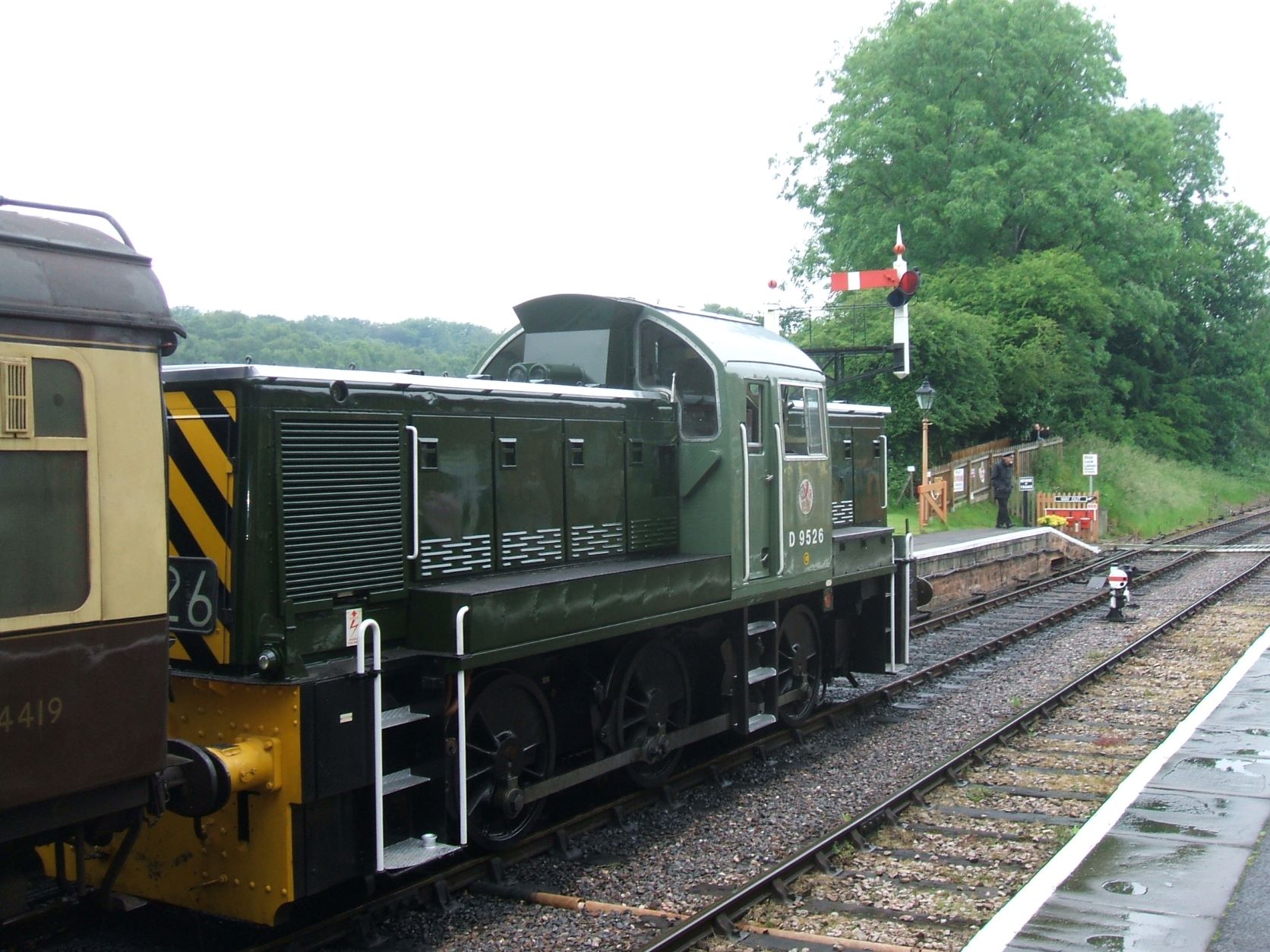
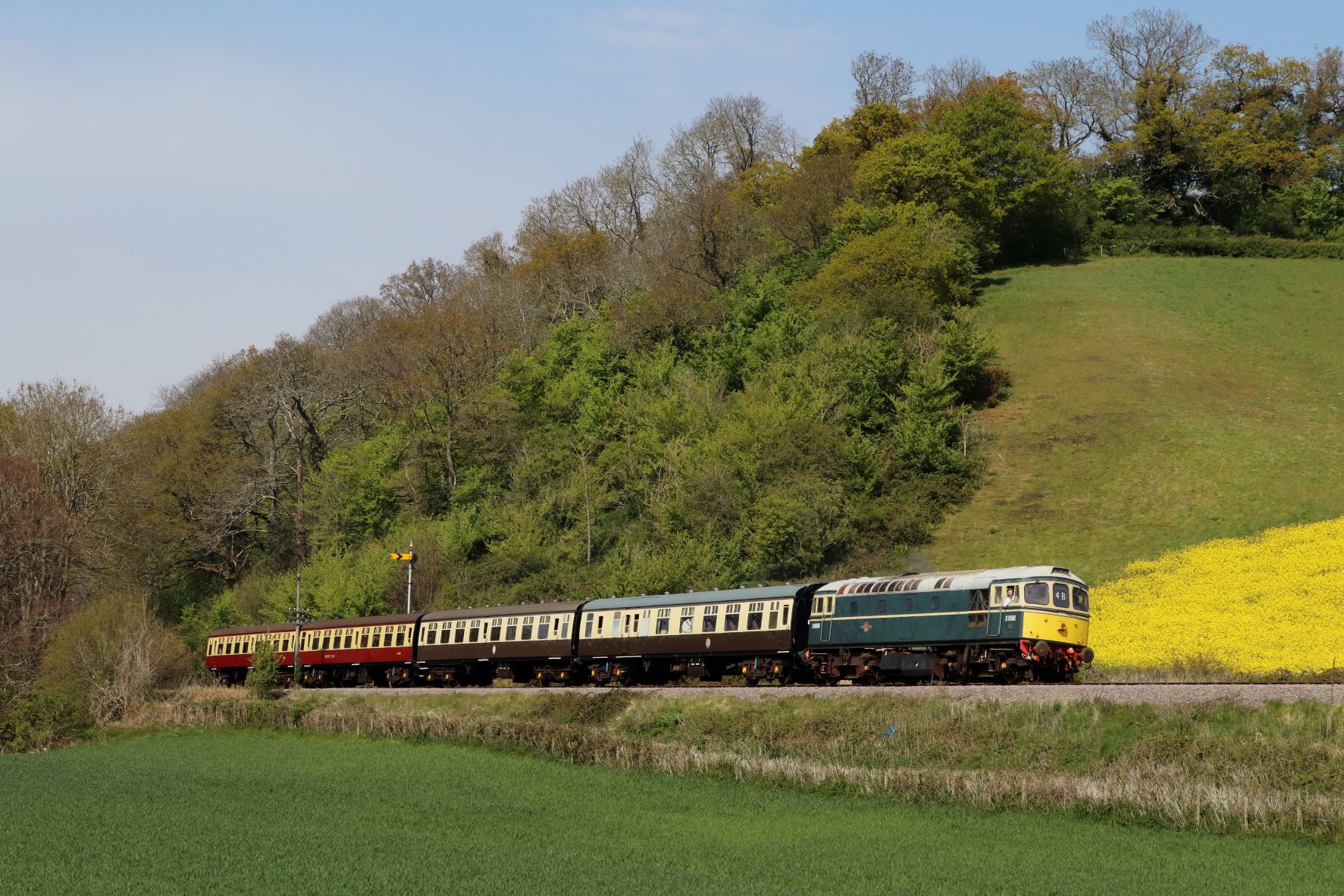
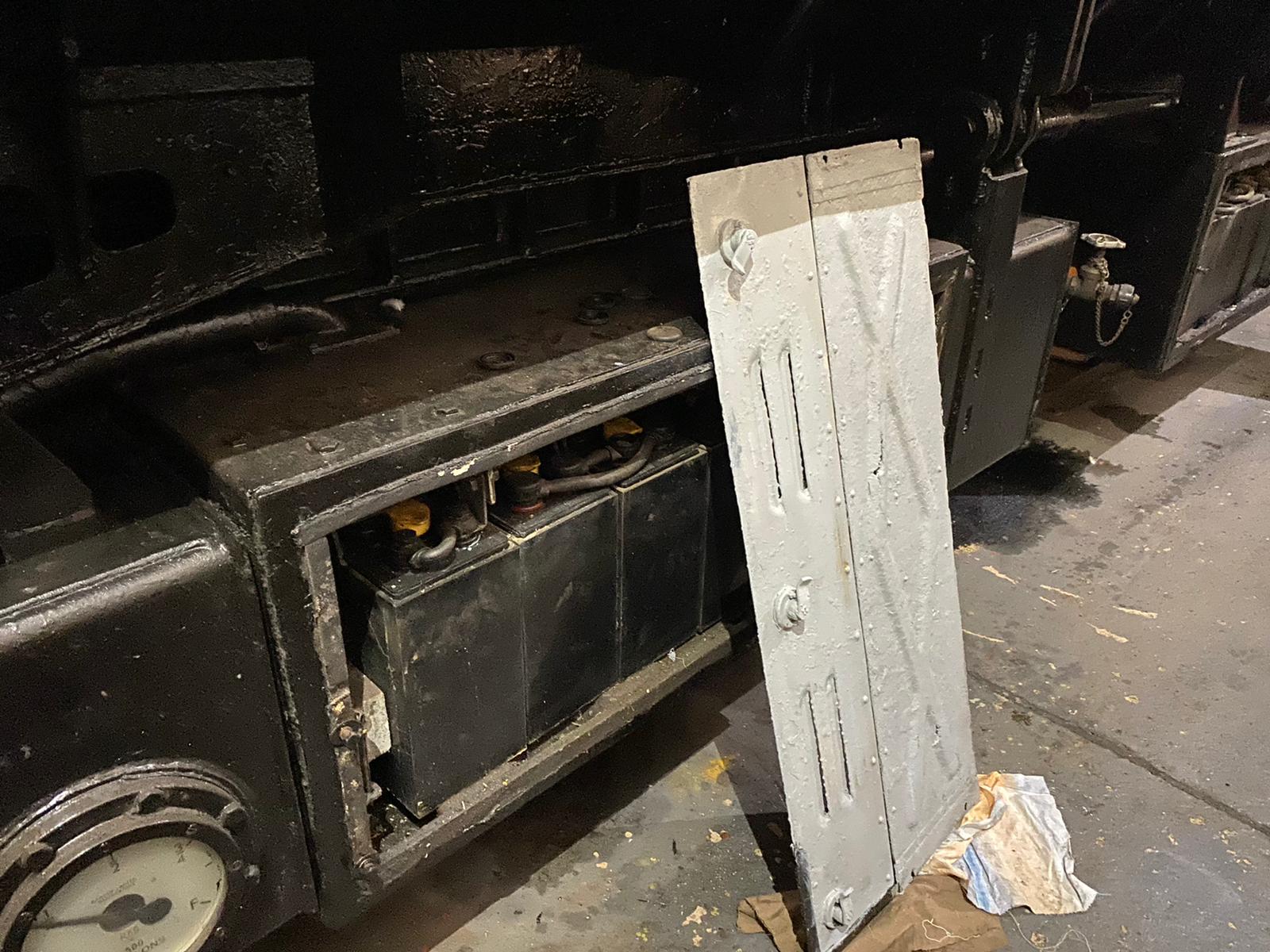
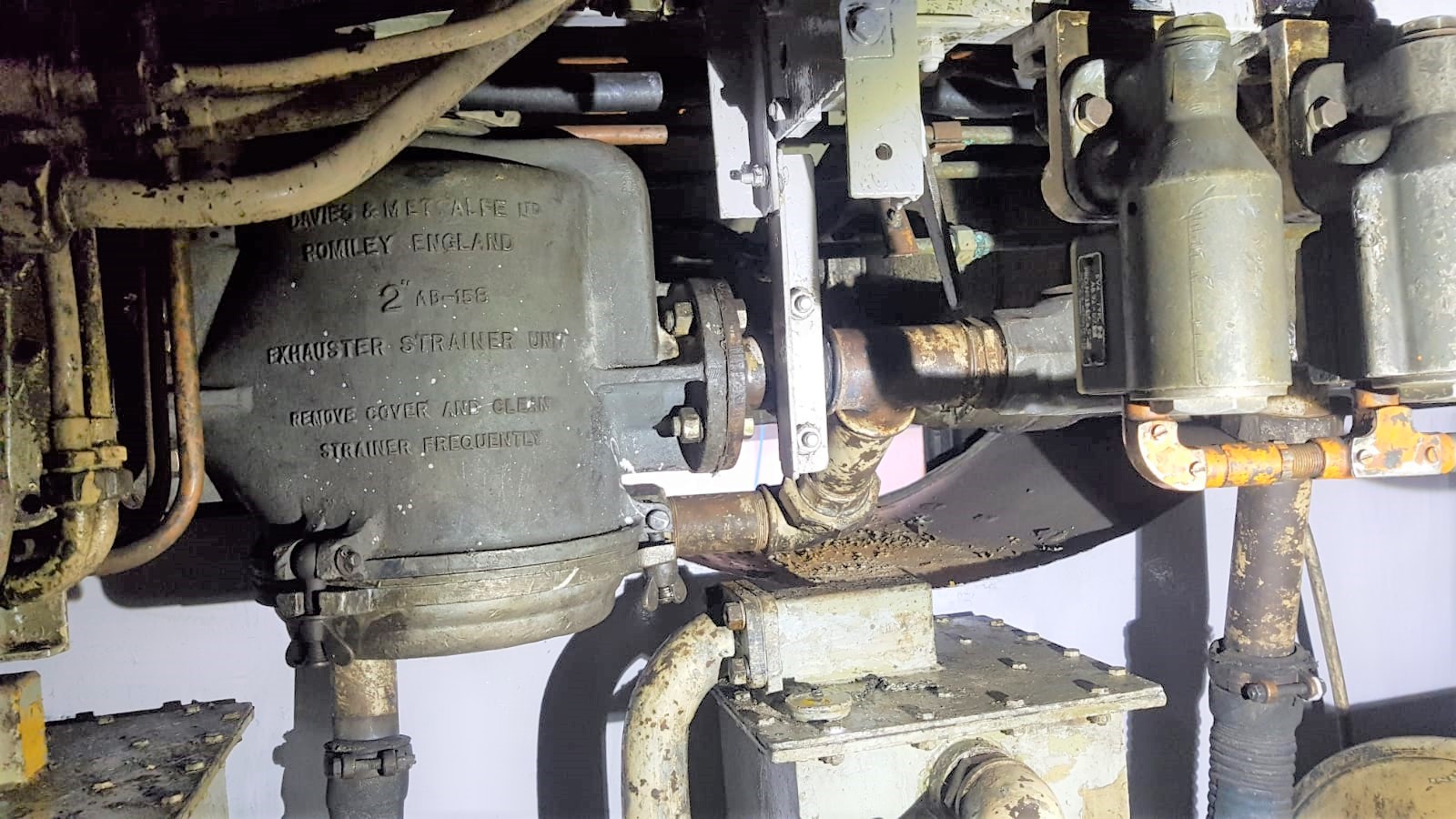
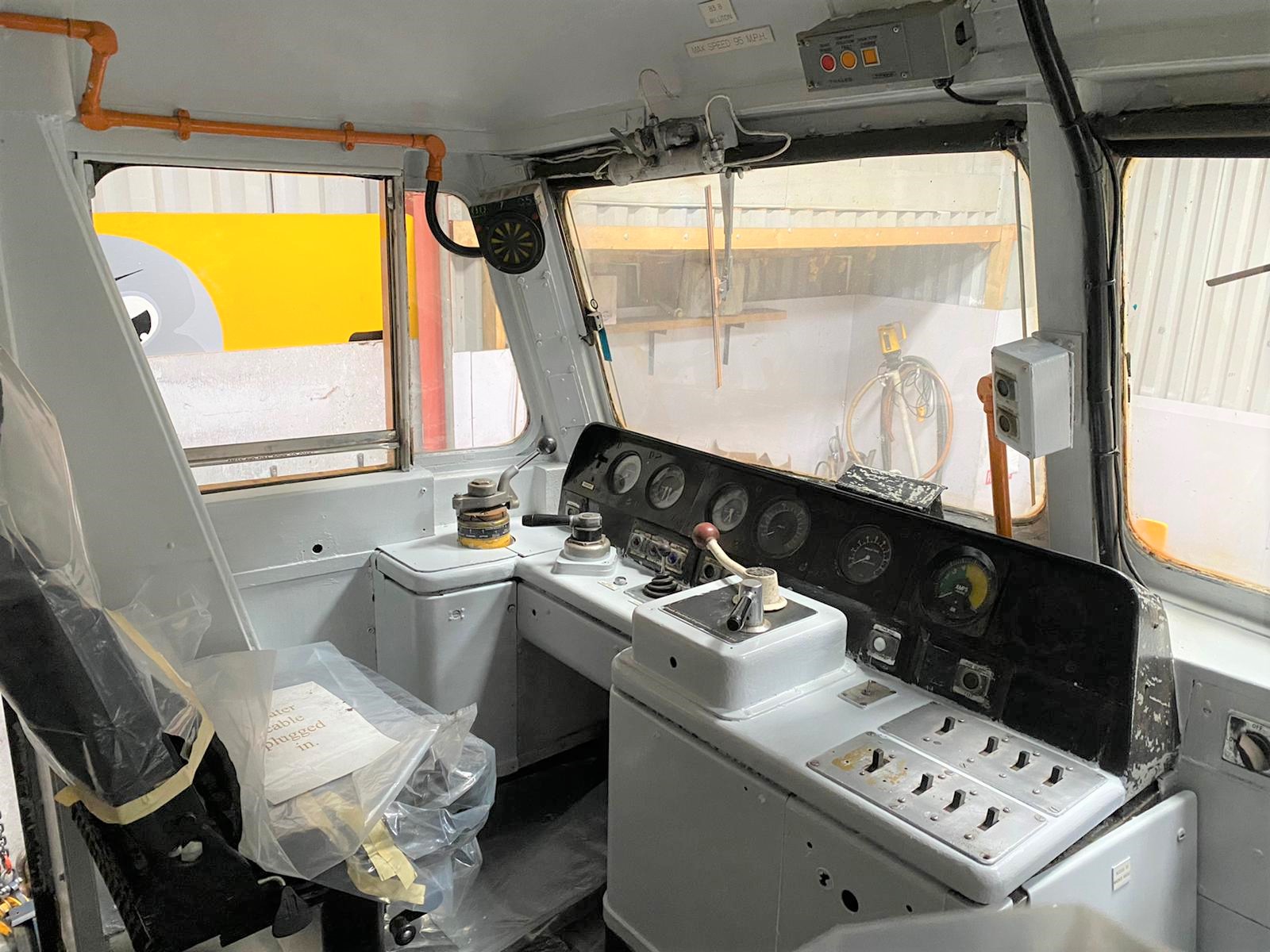
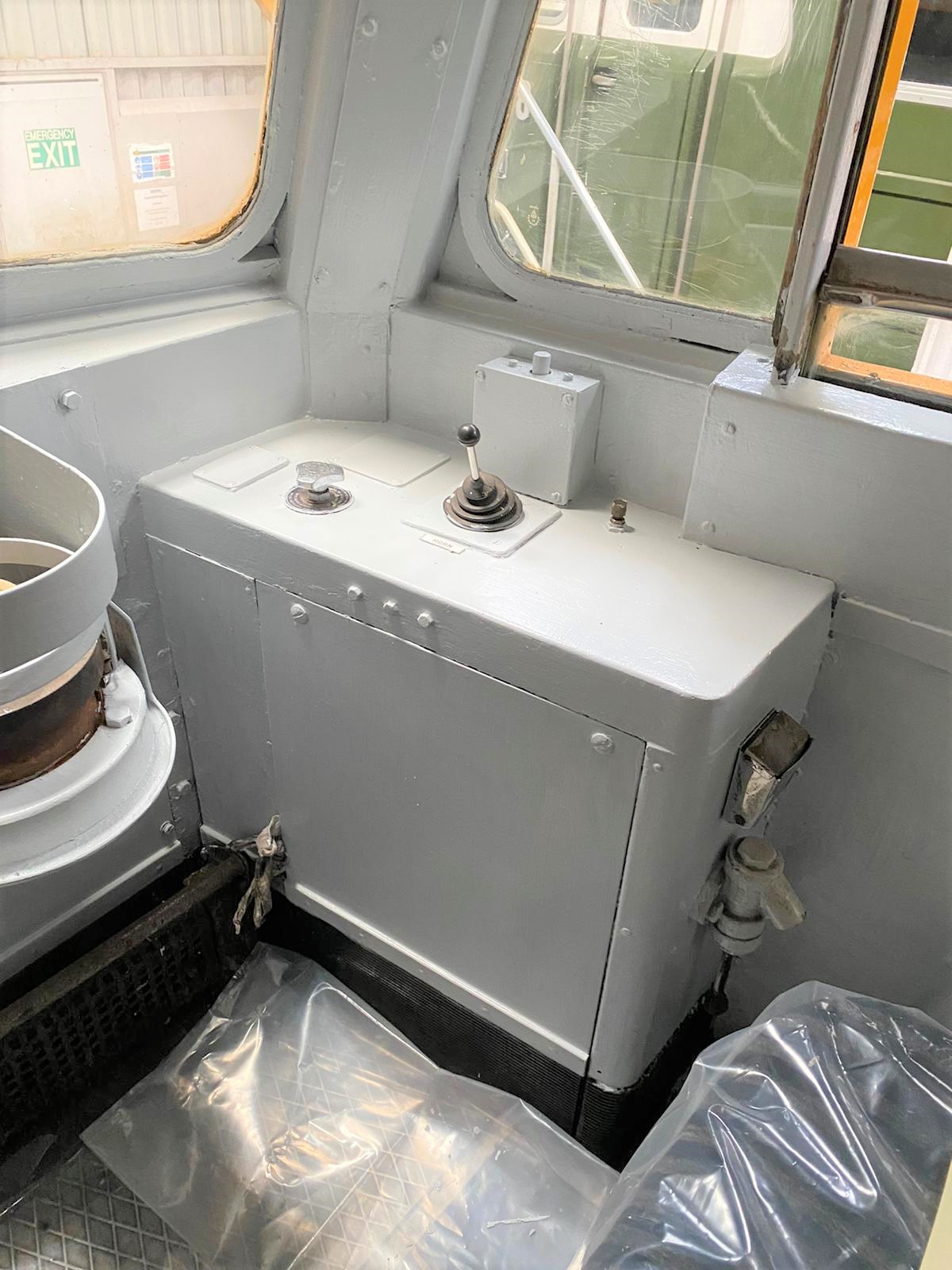
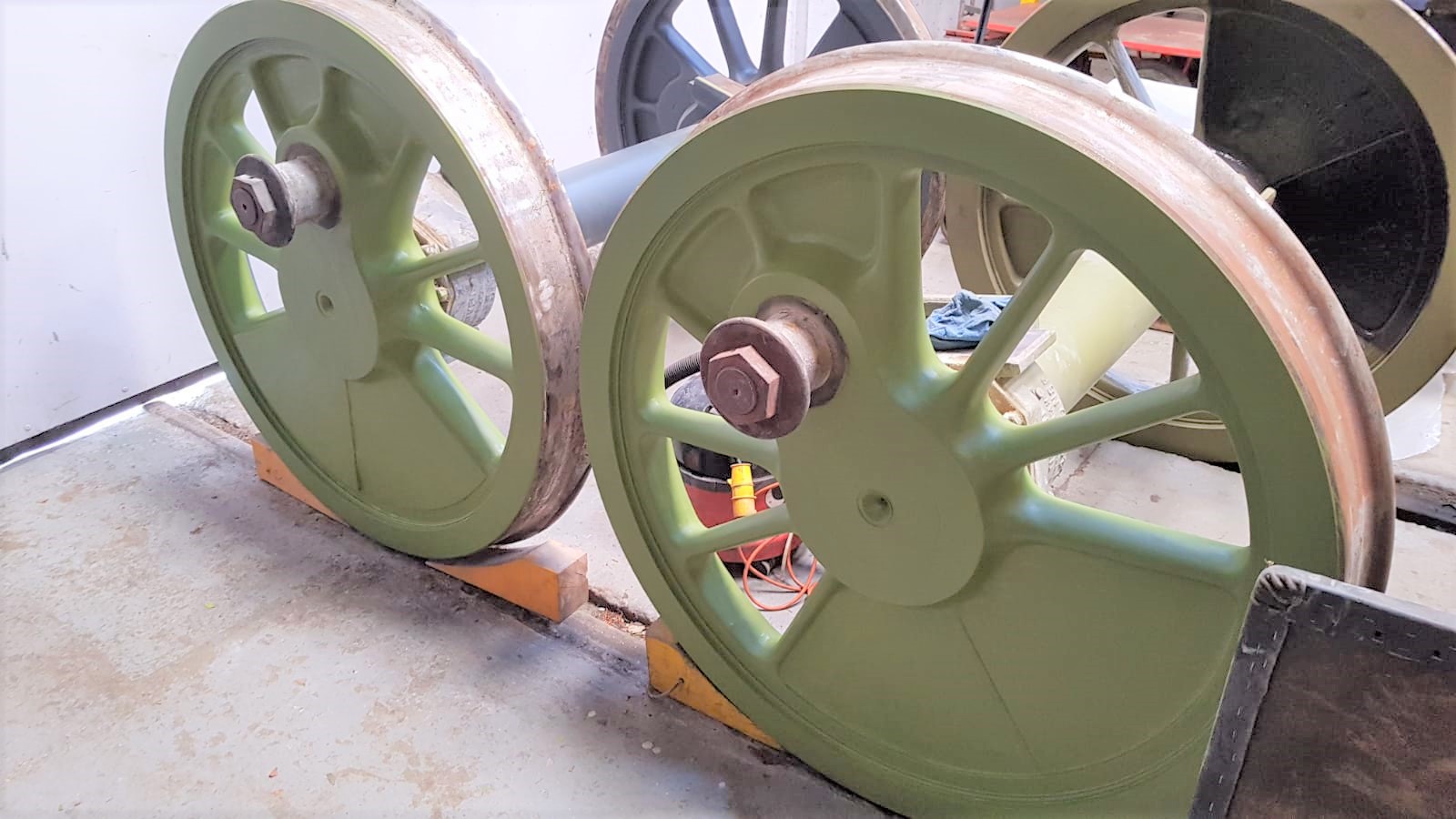
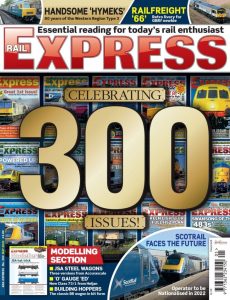
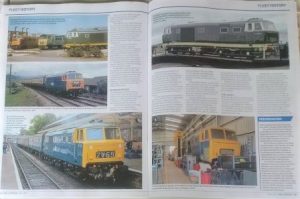
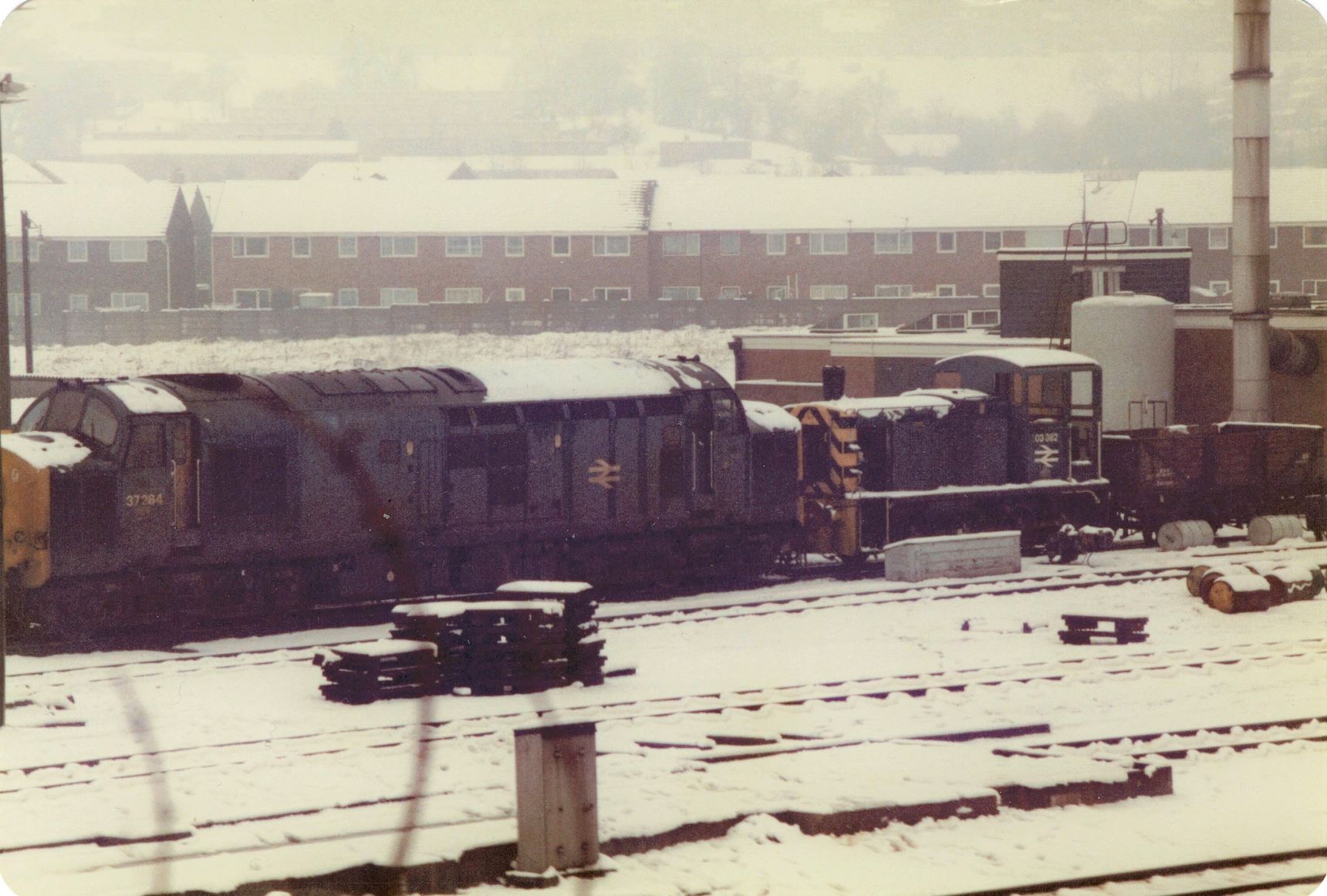
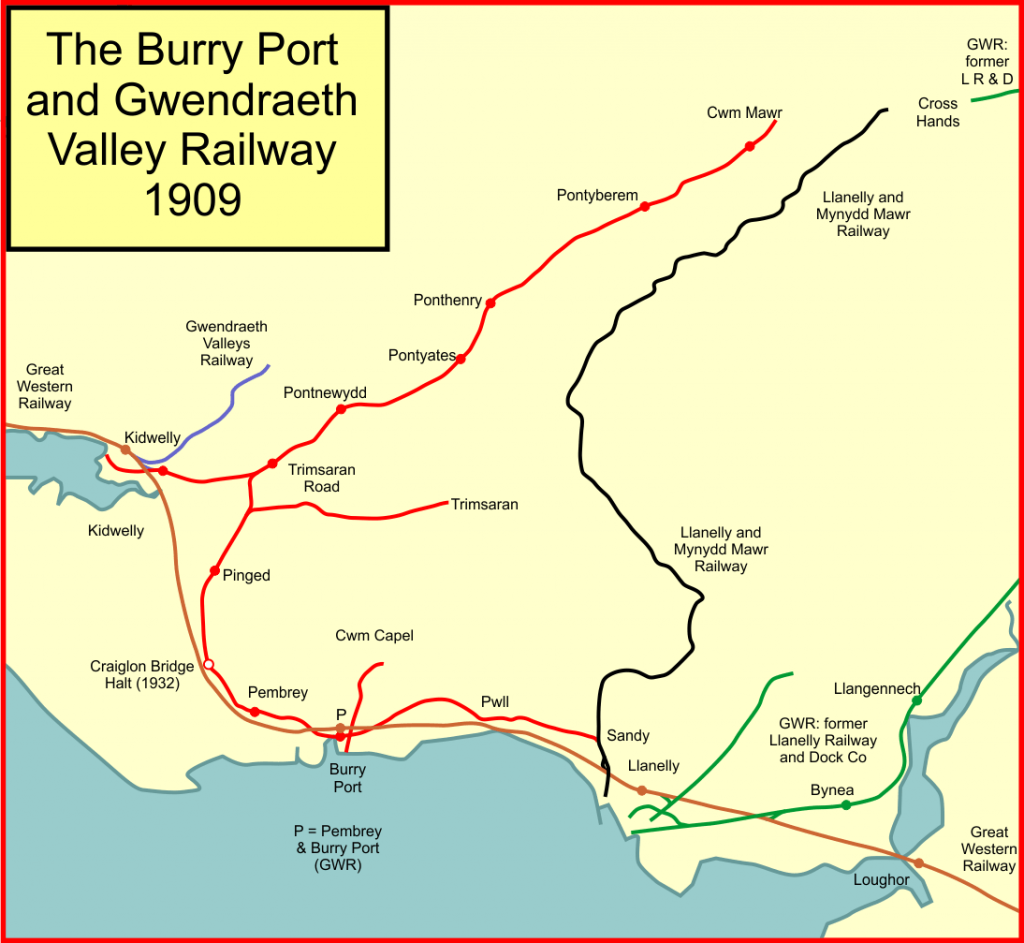
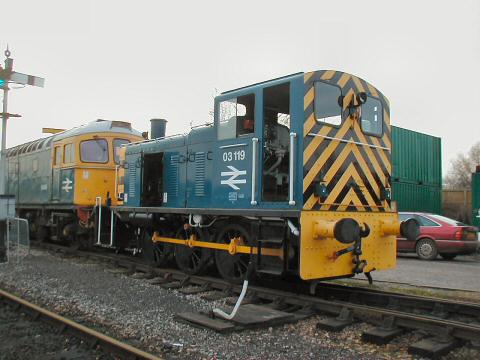
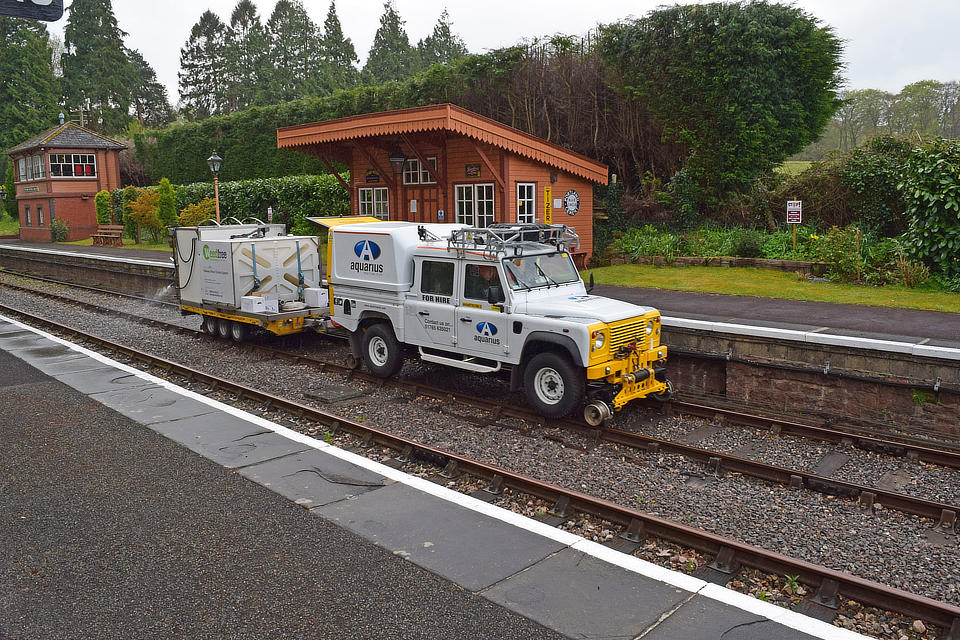
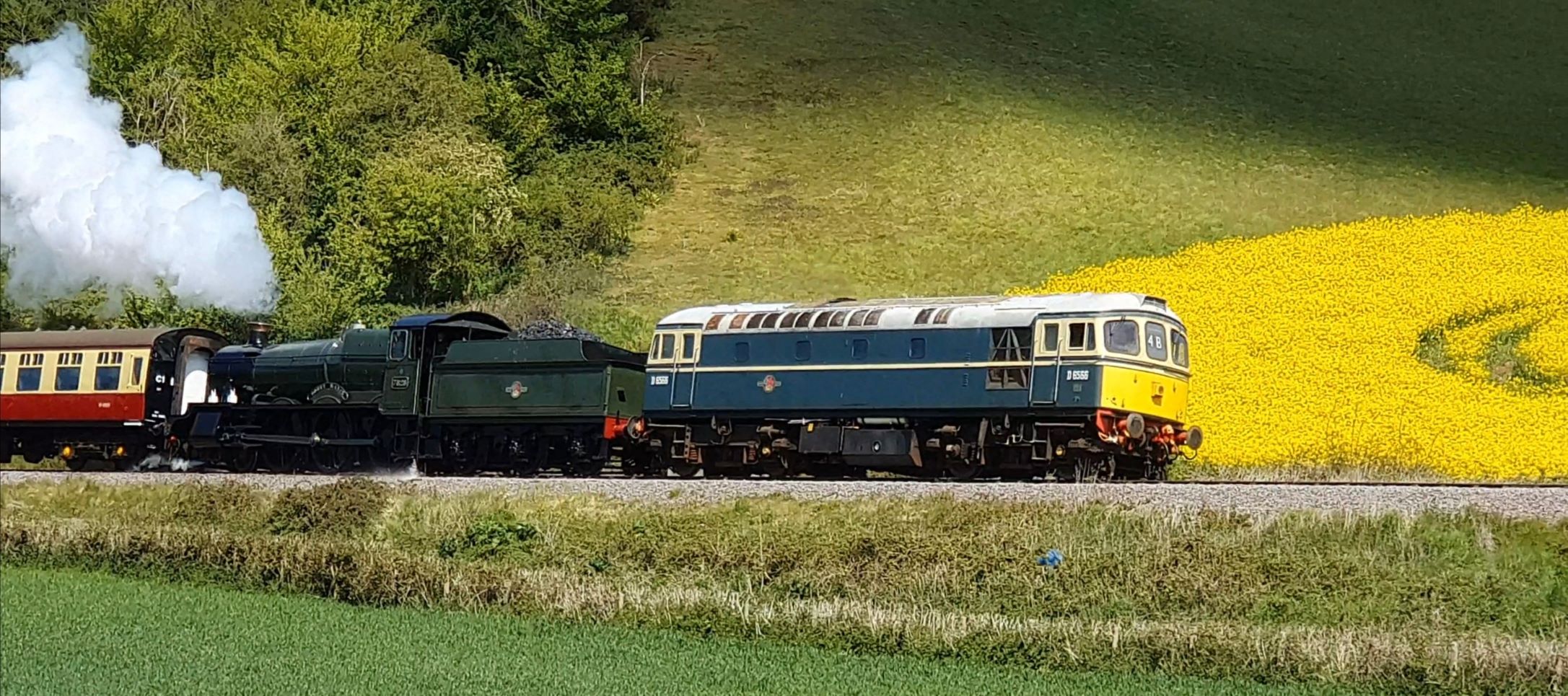
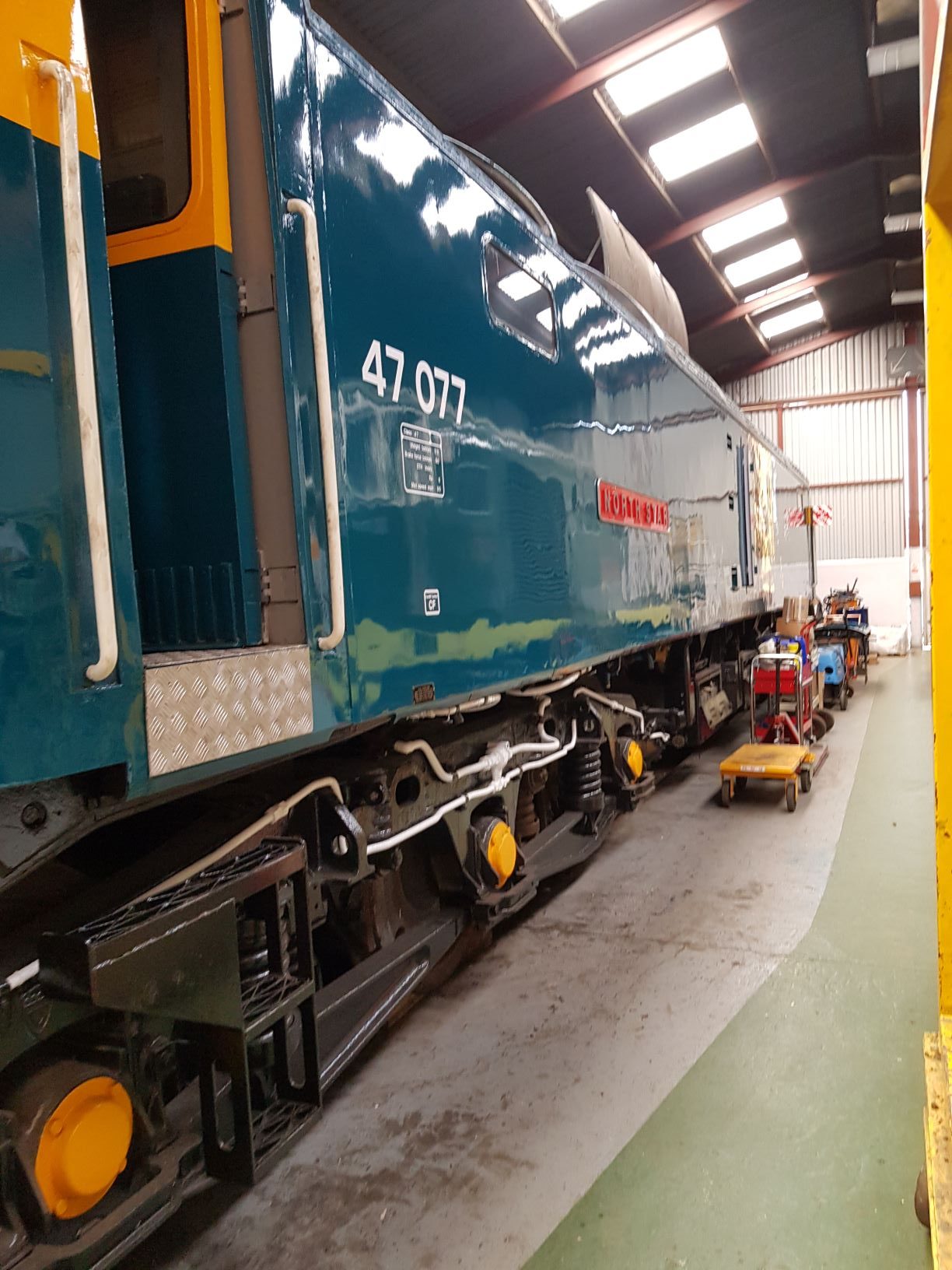
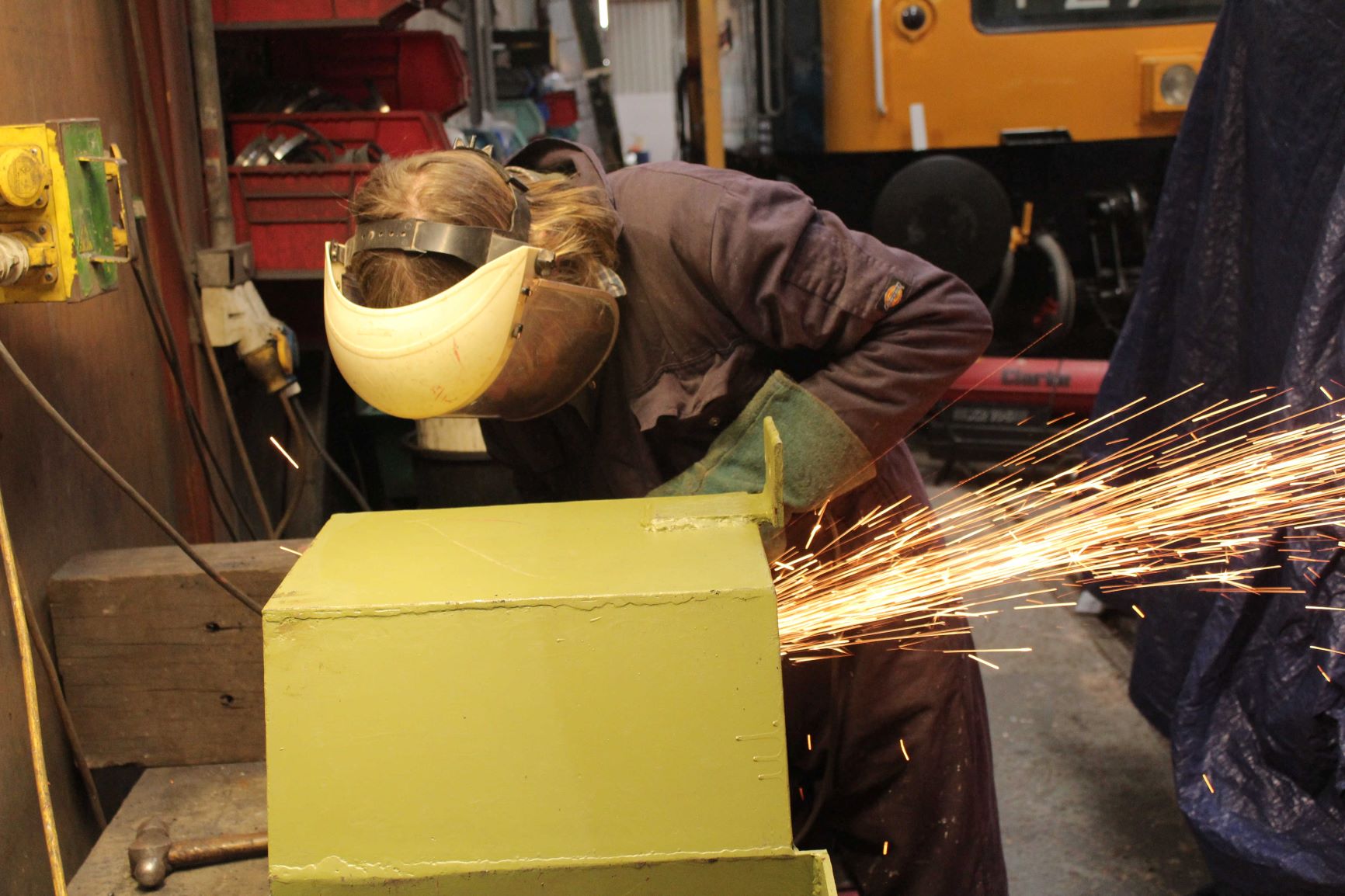
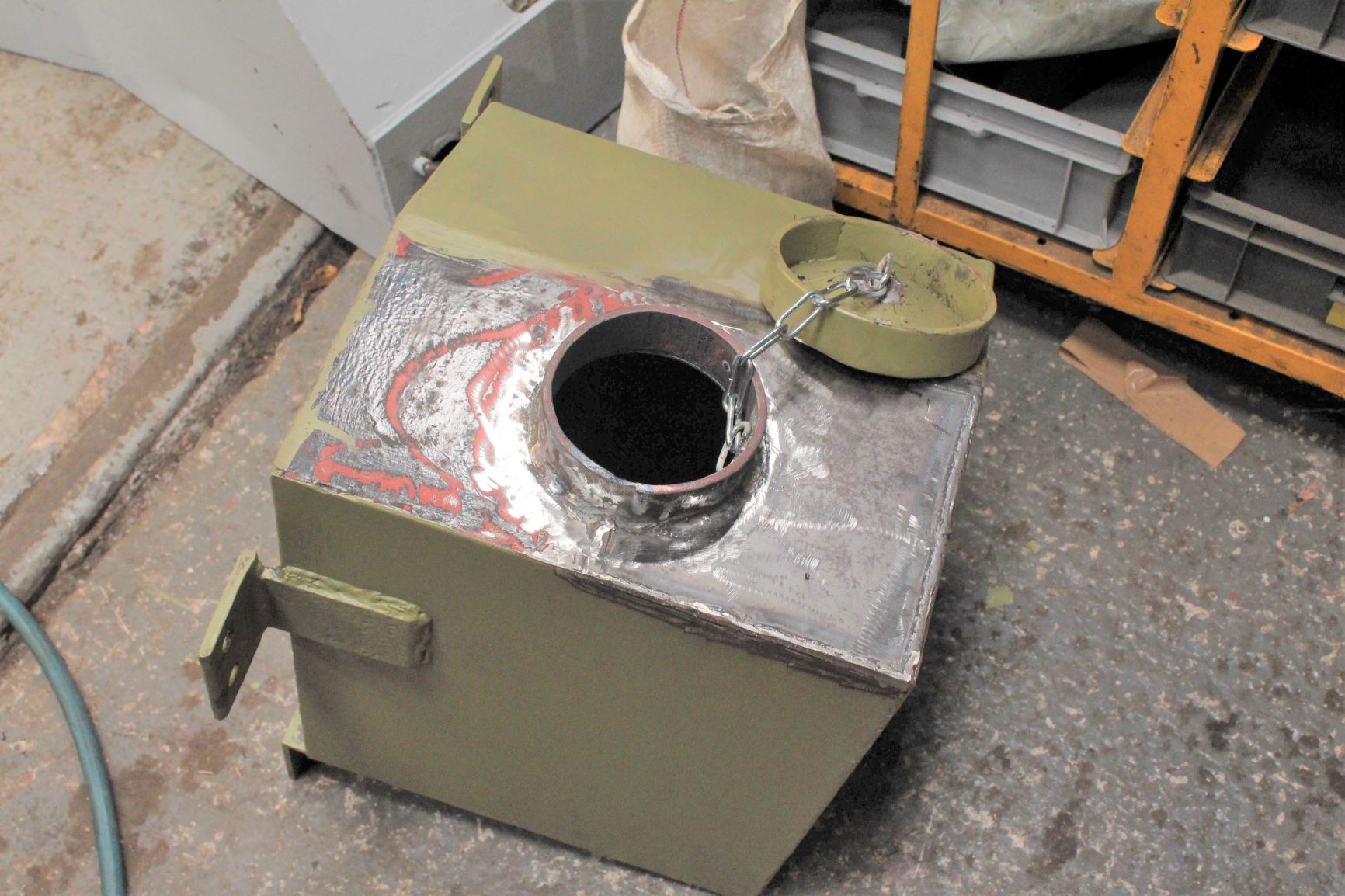
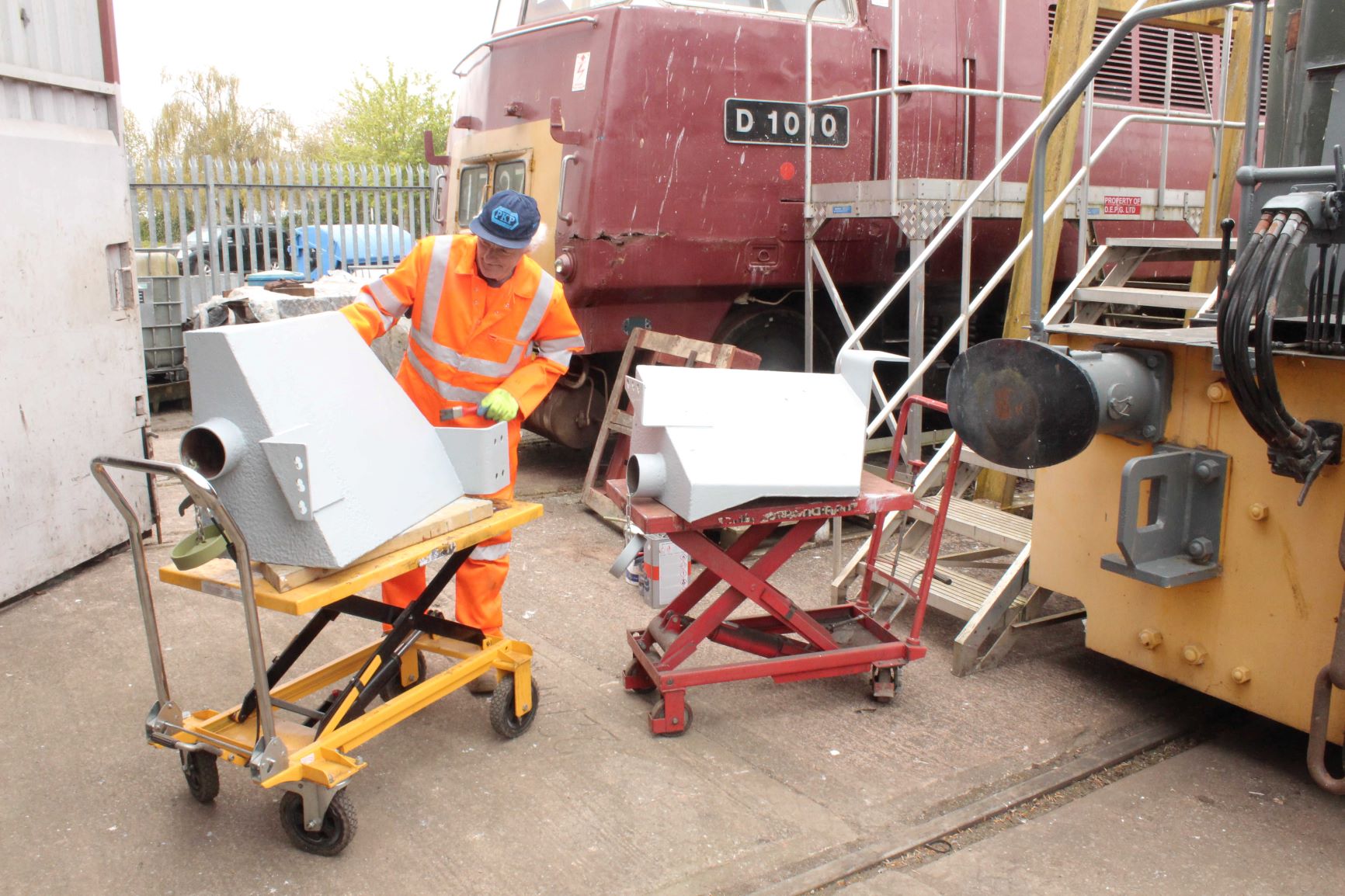
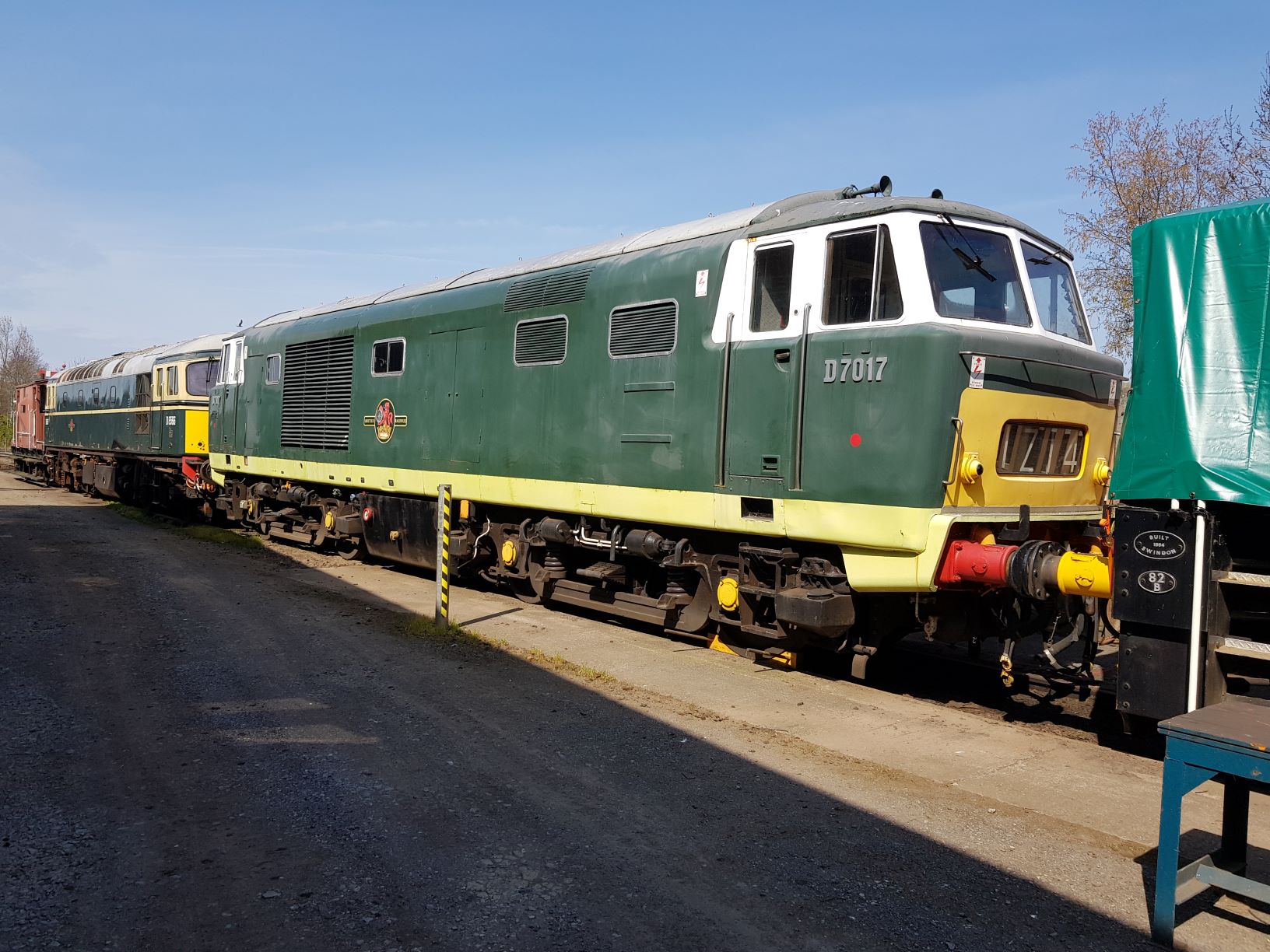
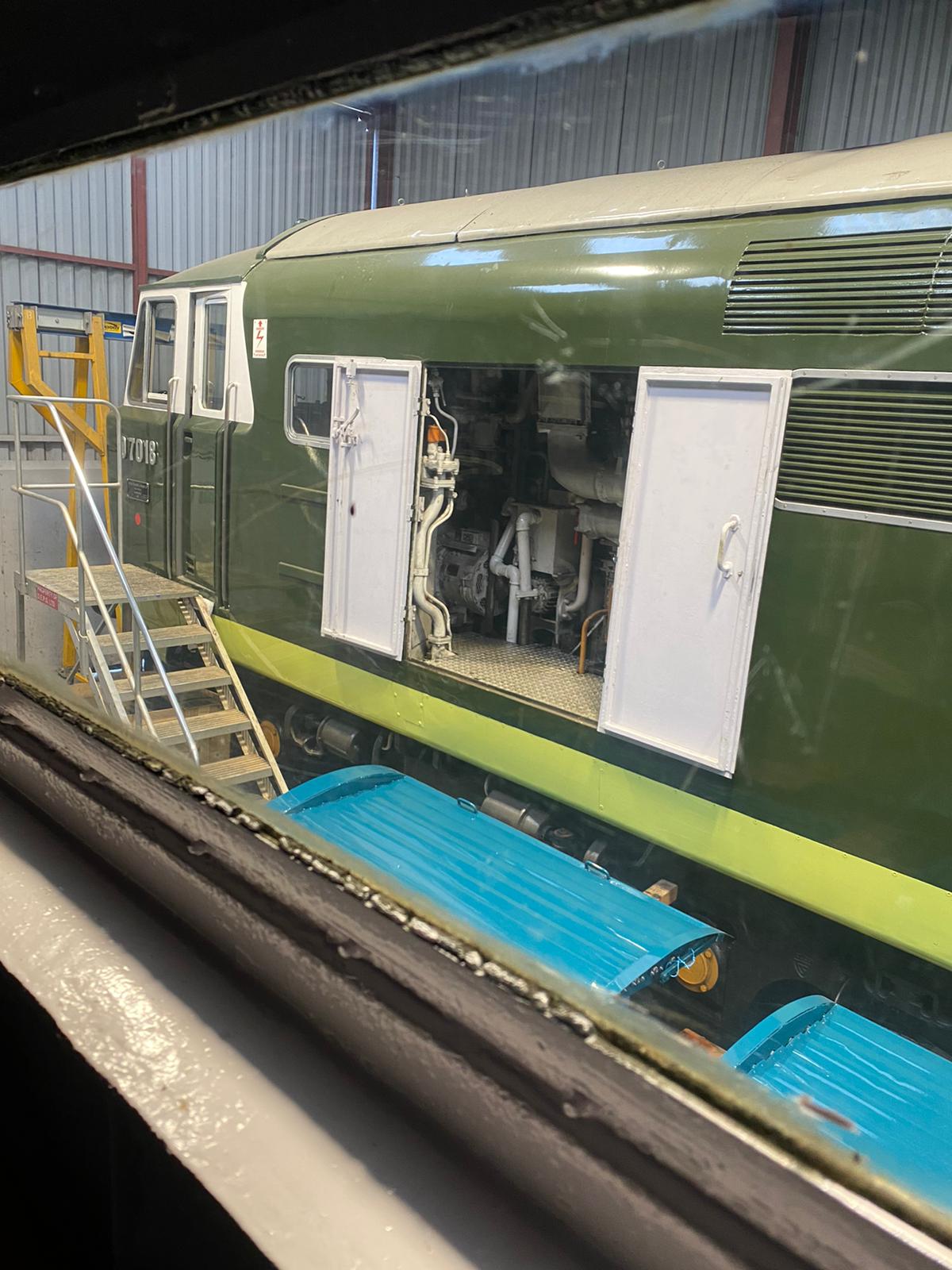
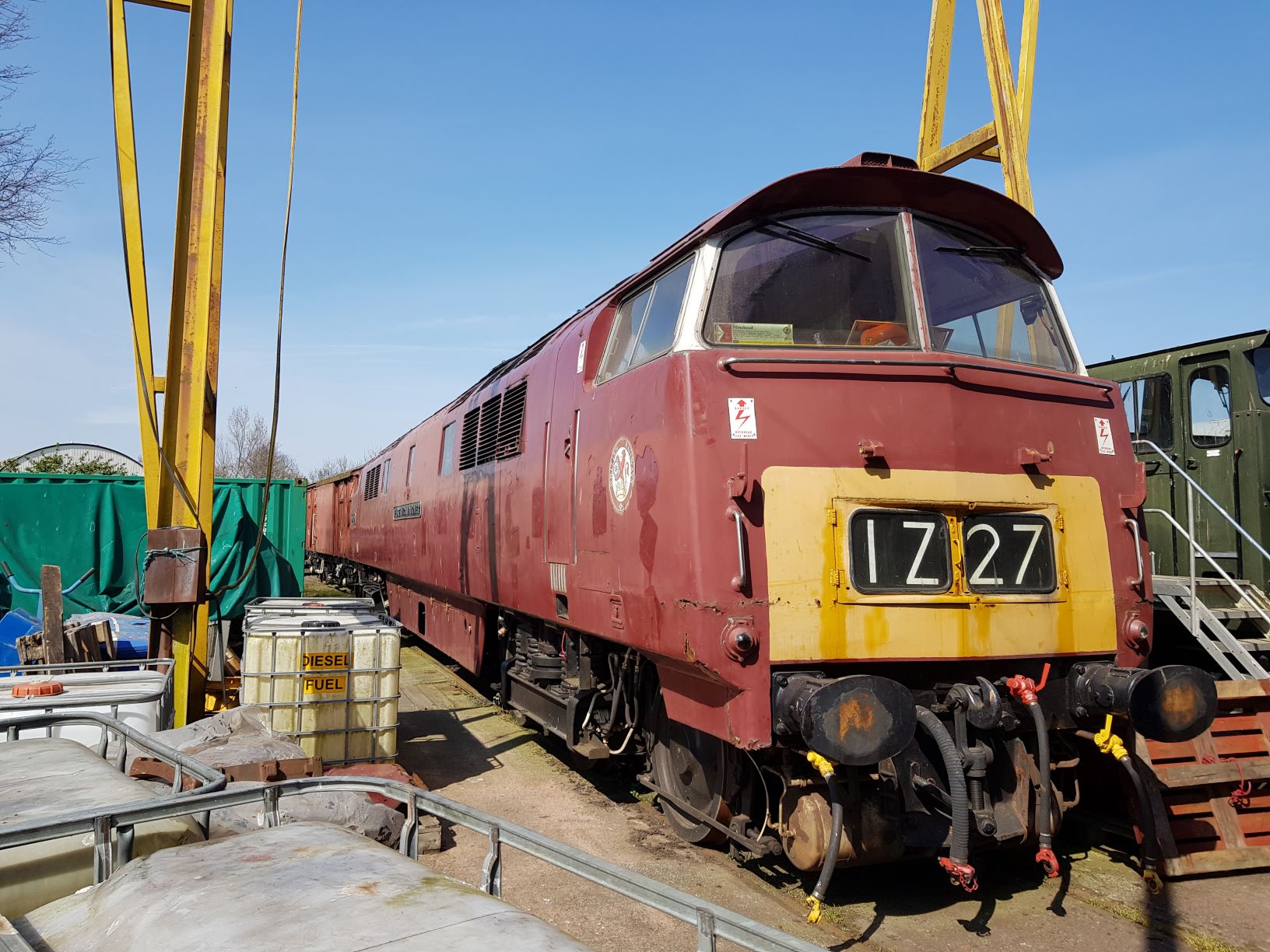
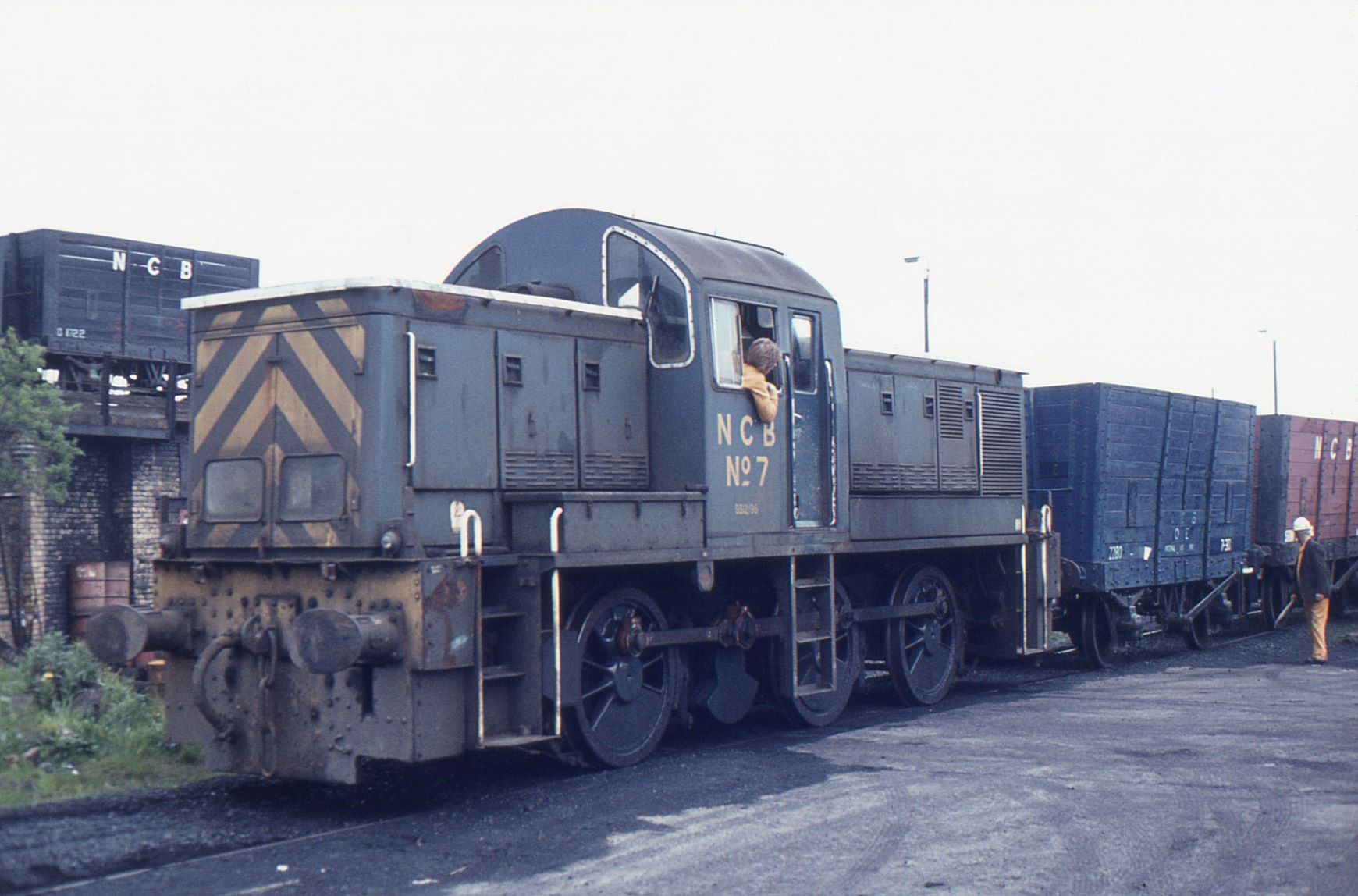
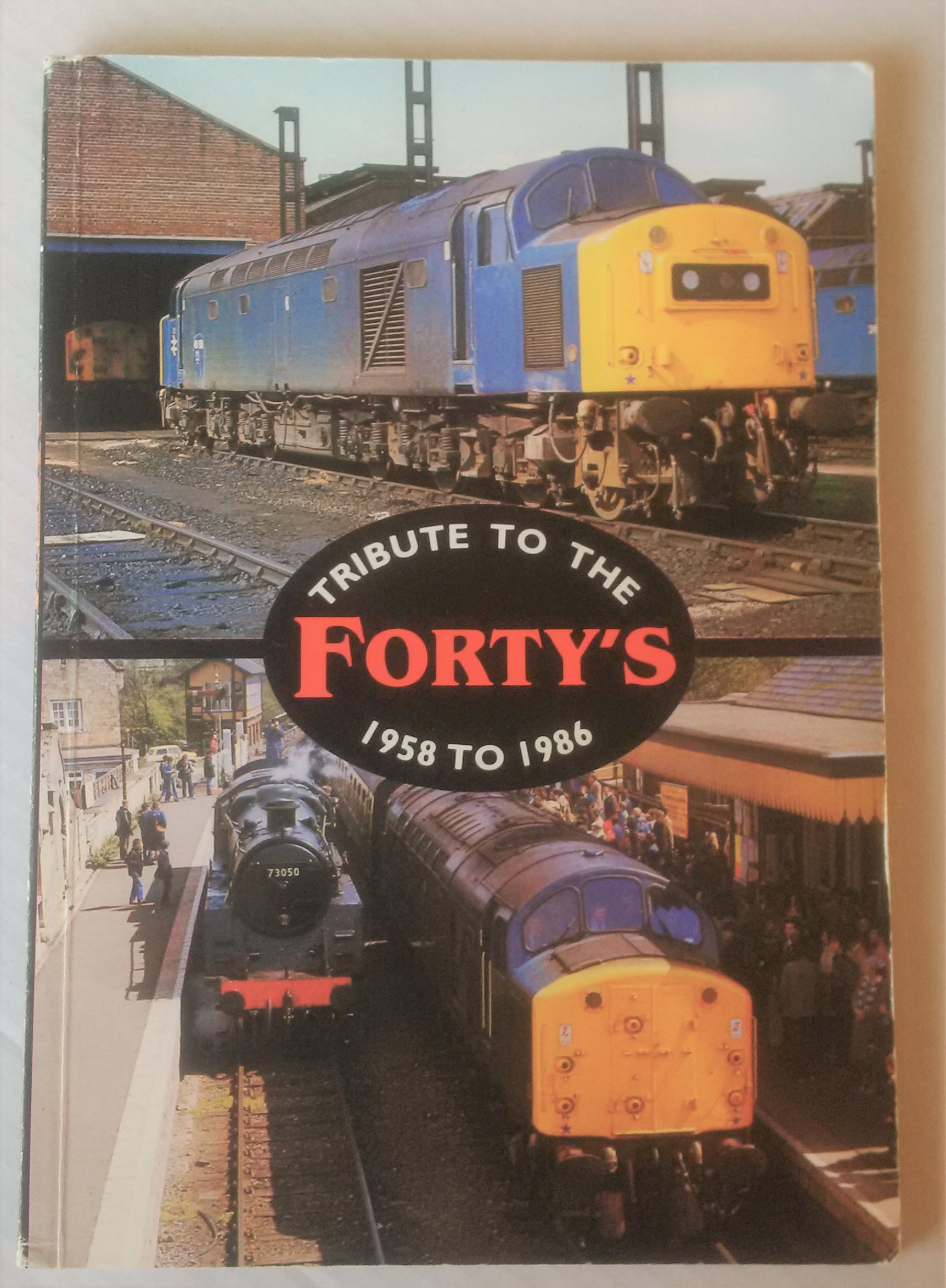
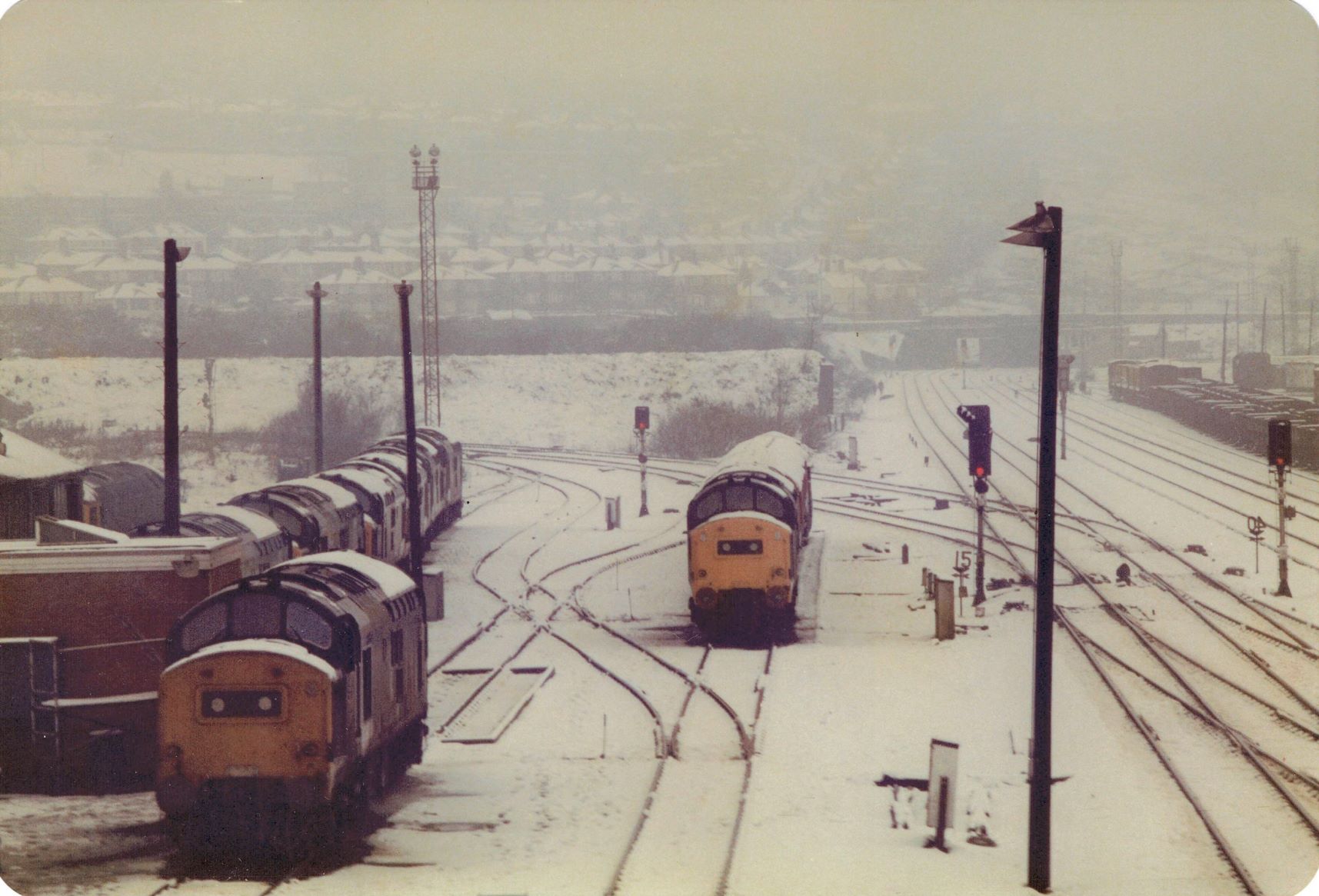

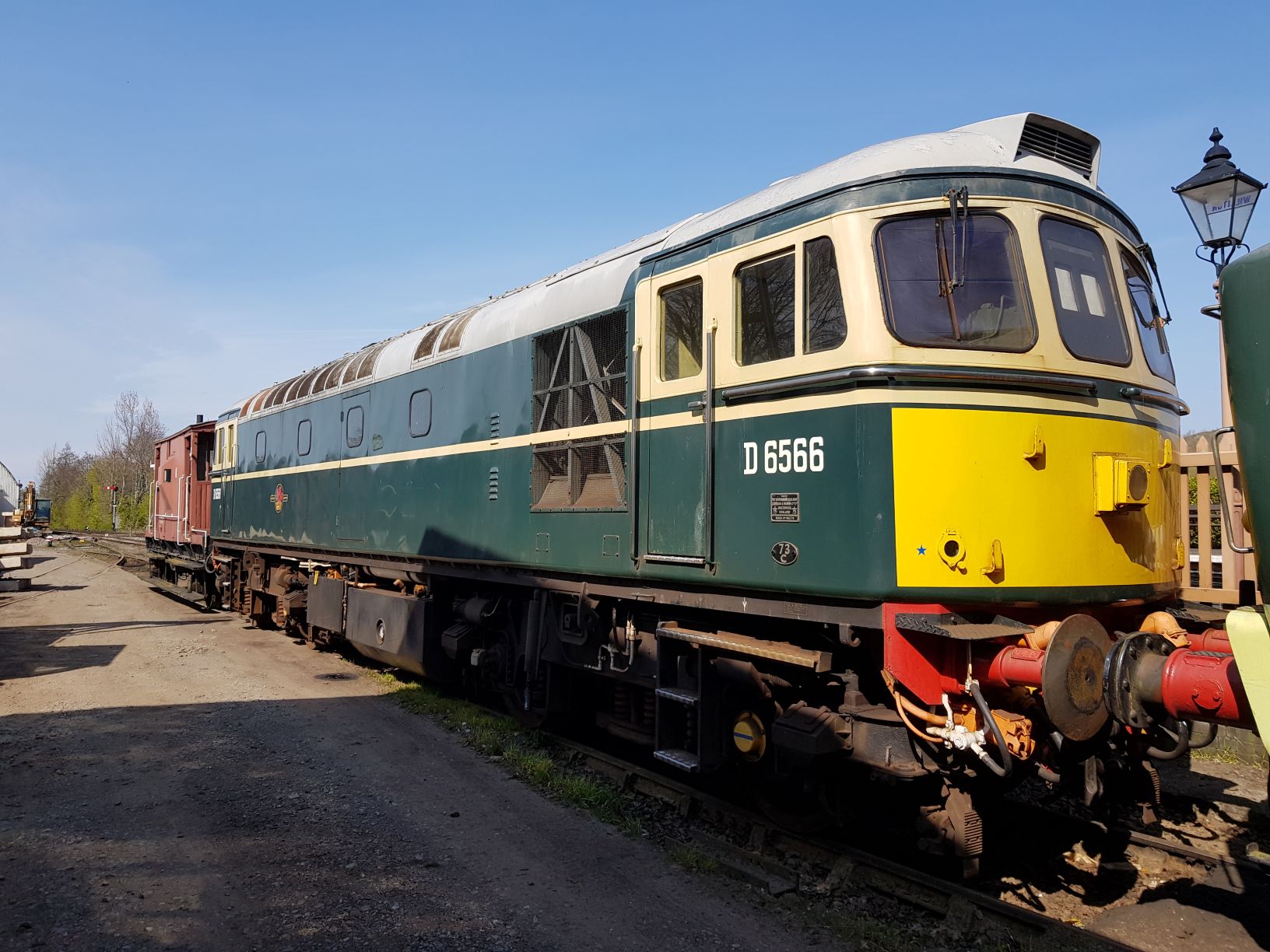 Class 33 ‘Crompton’
Class 33 ‘Crompton’ 